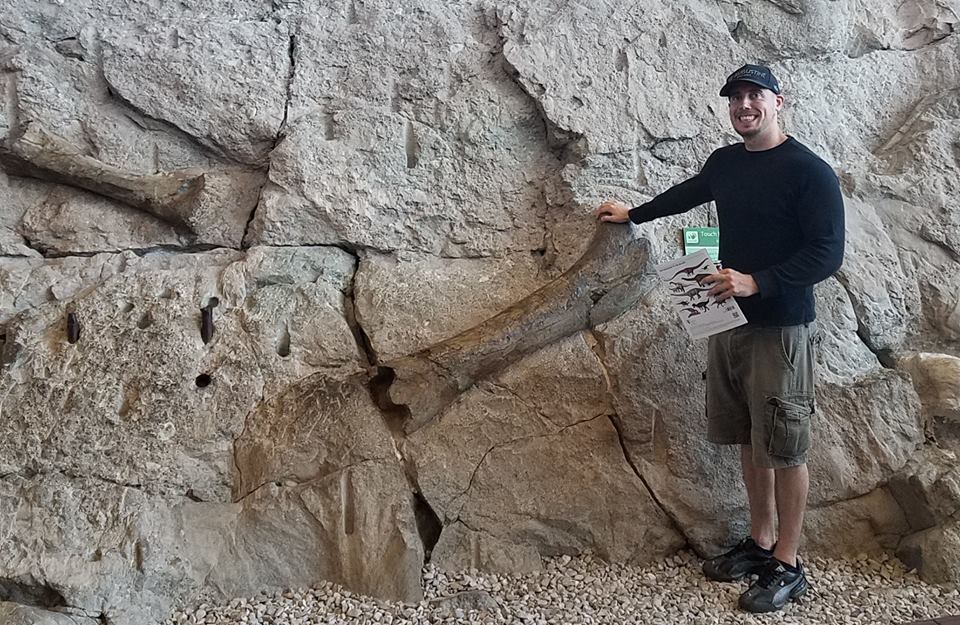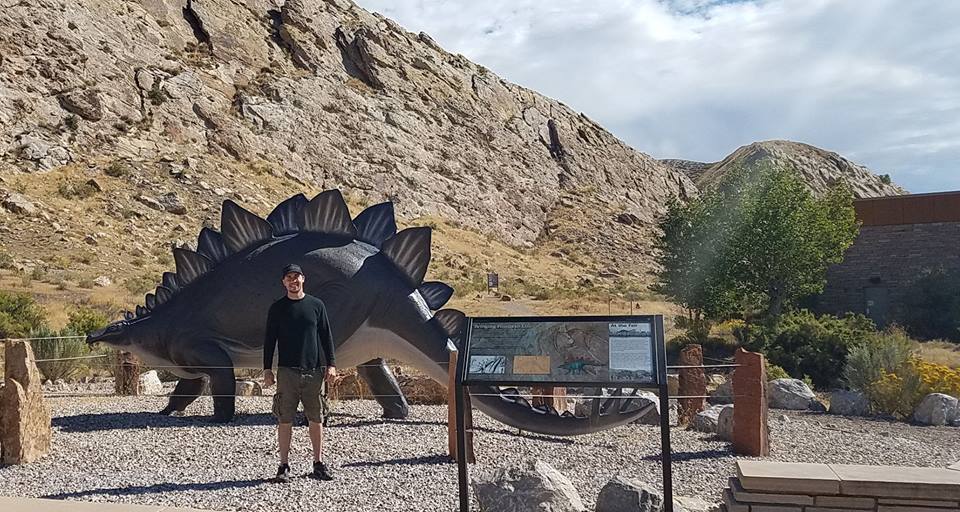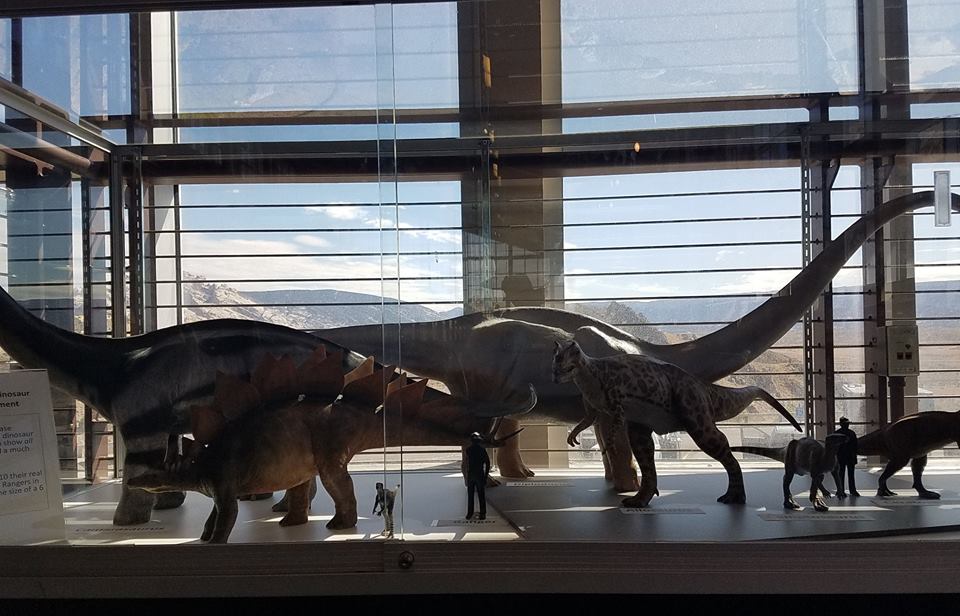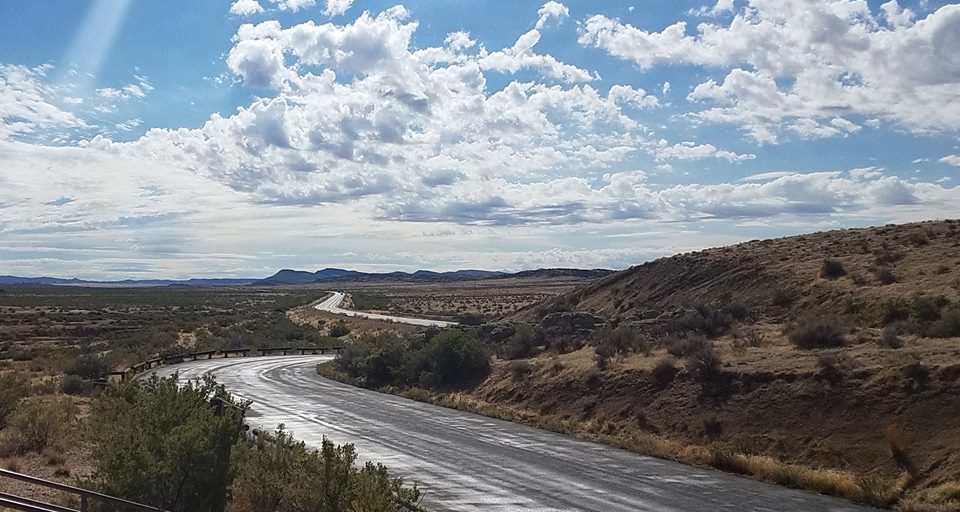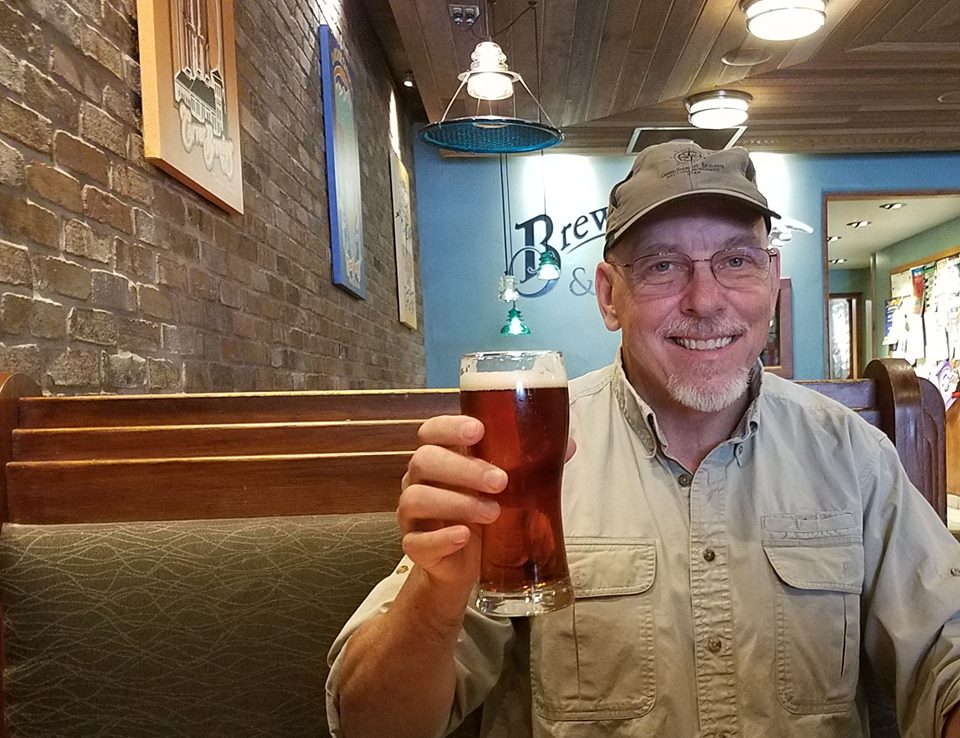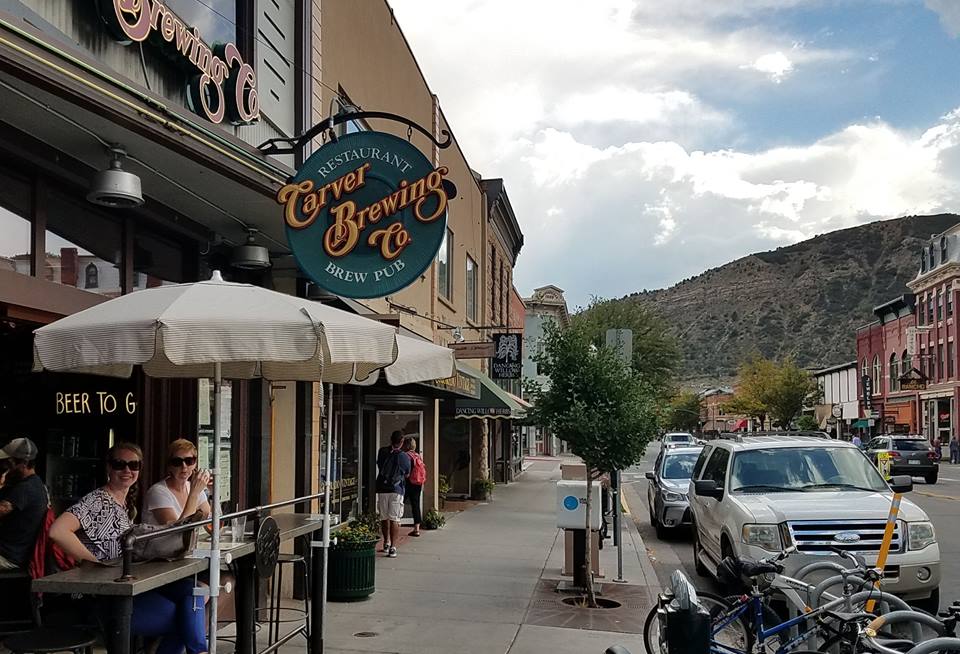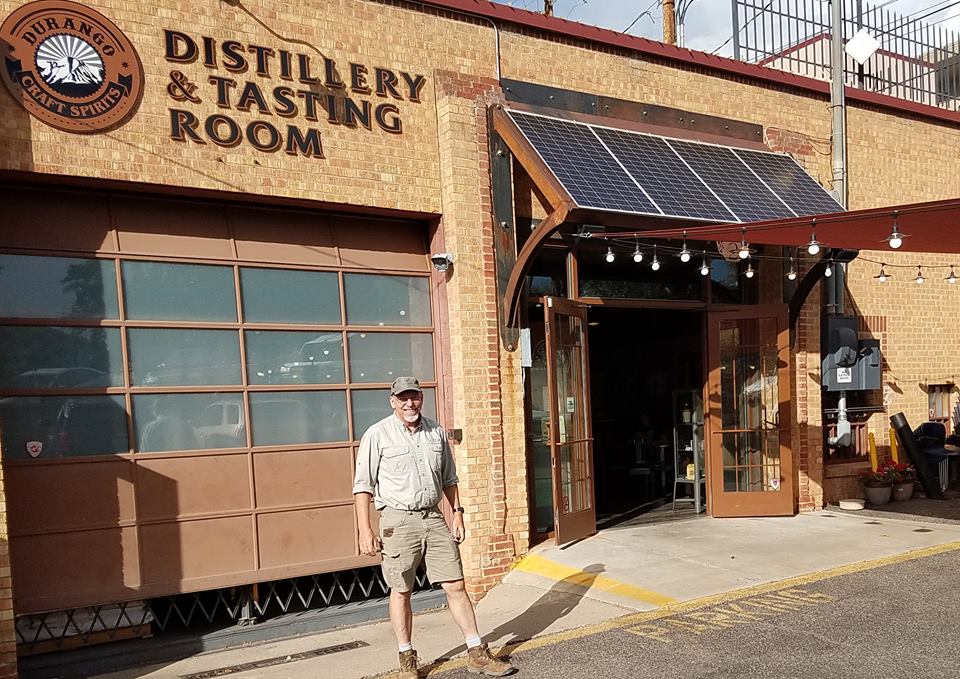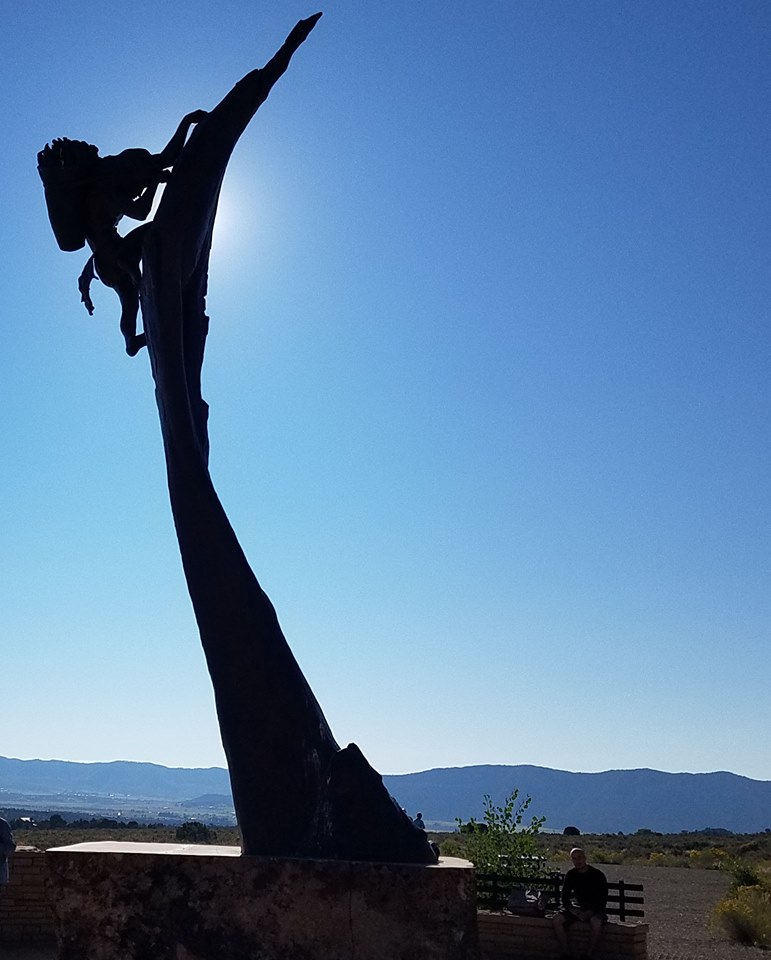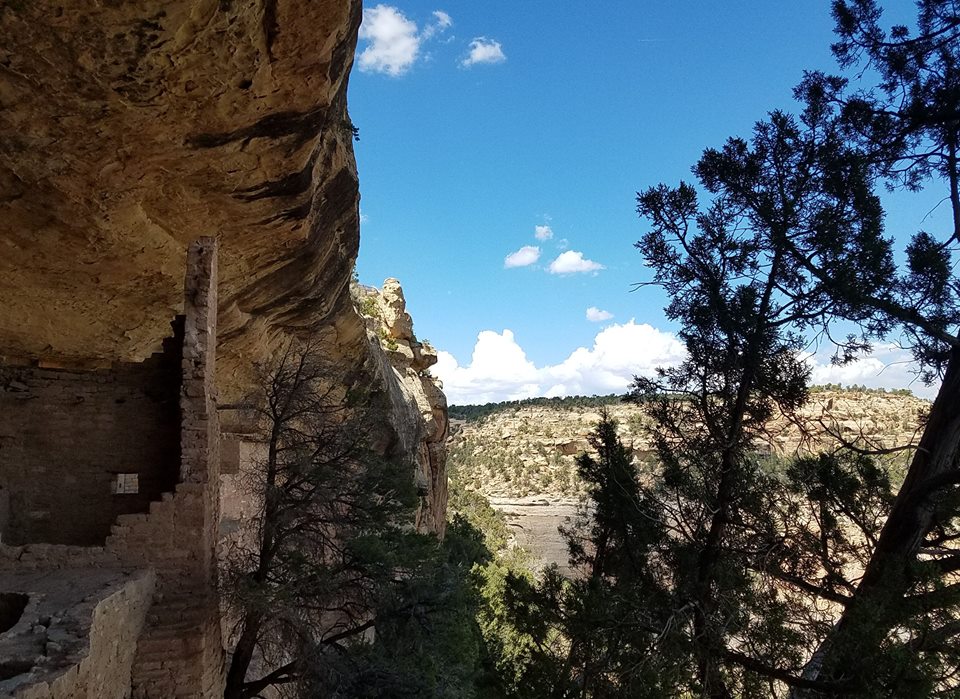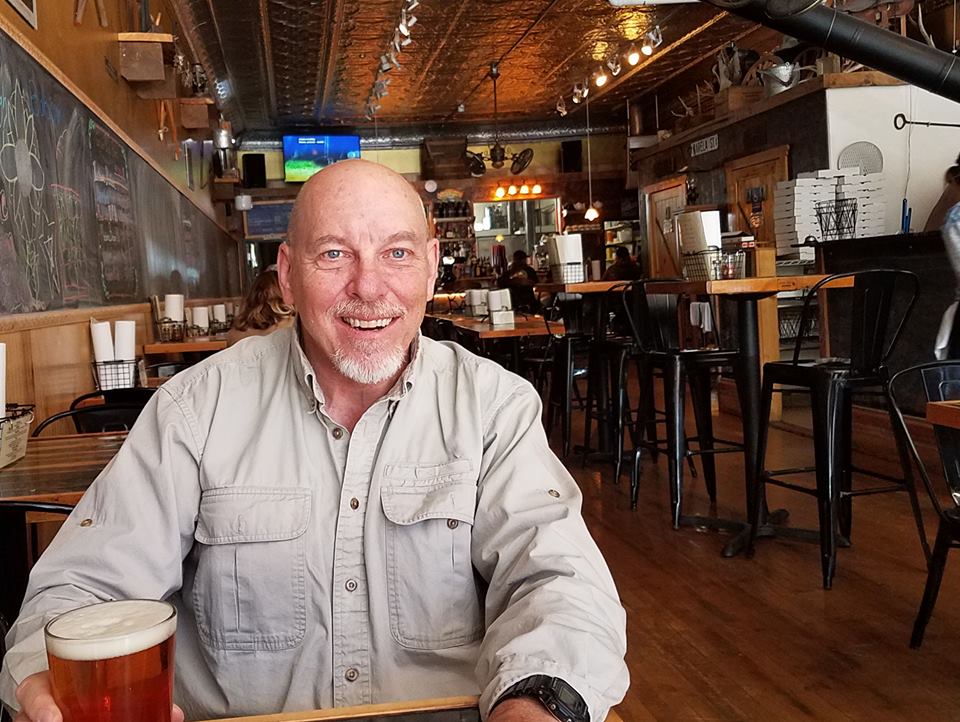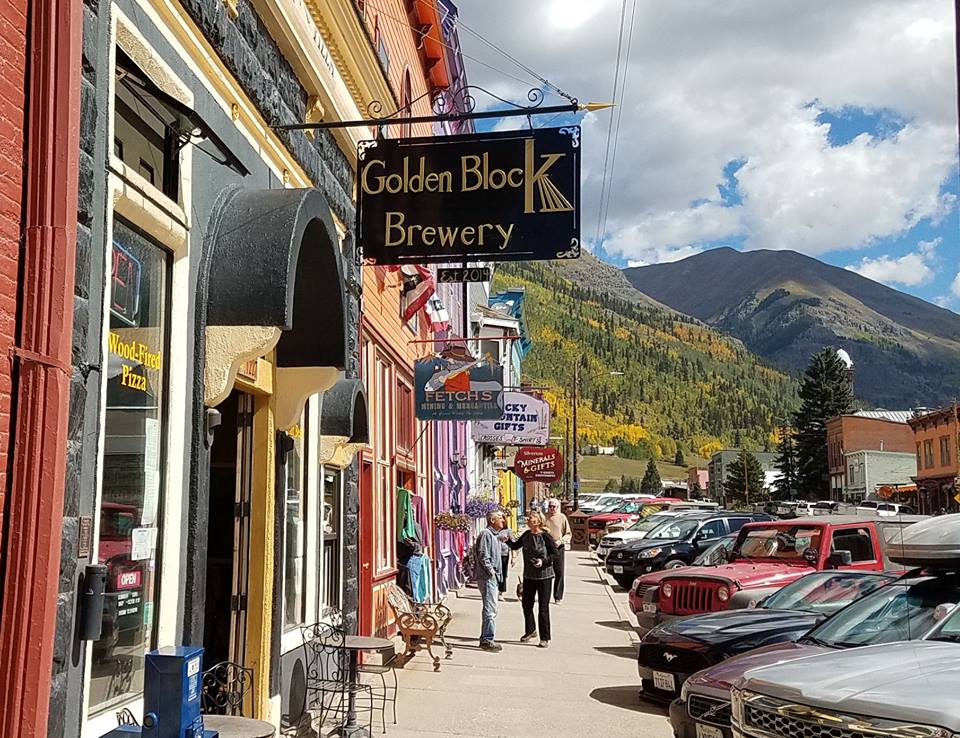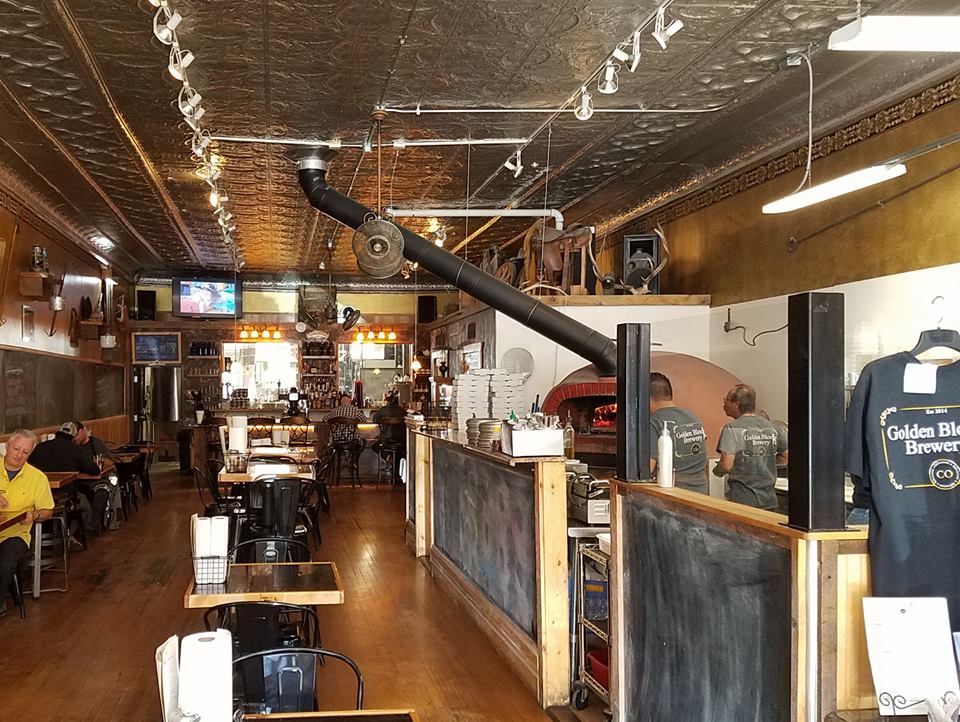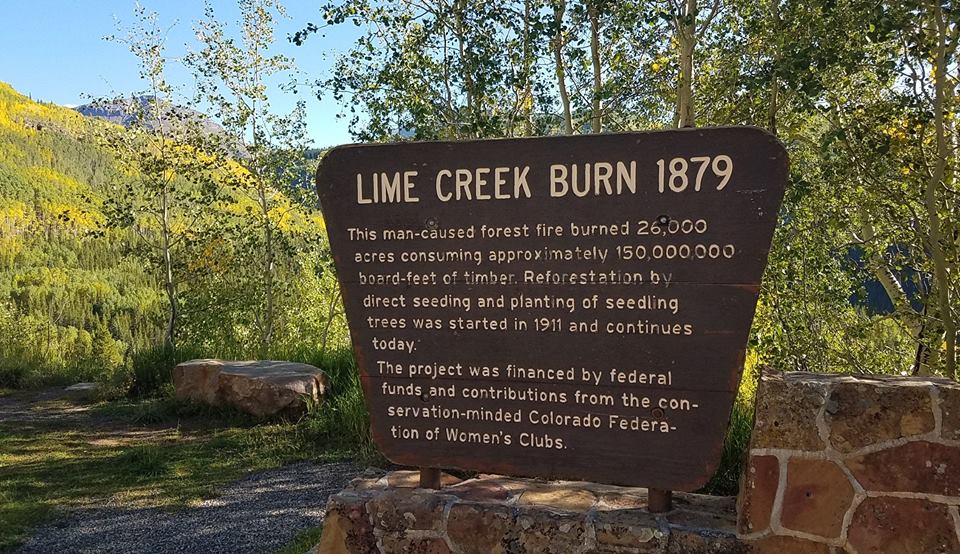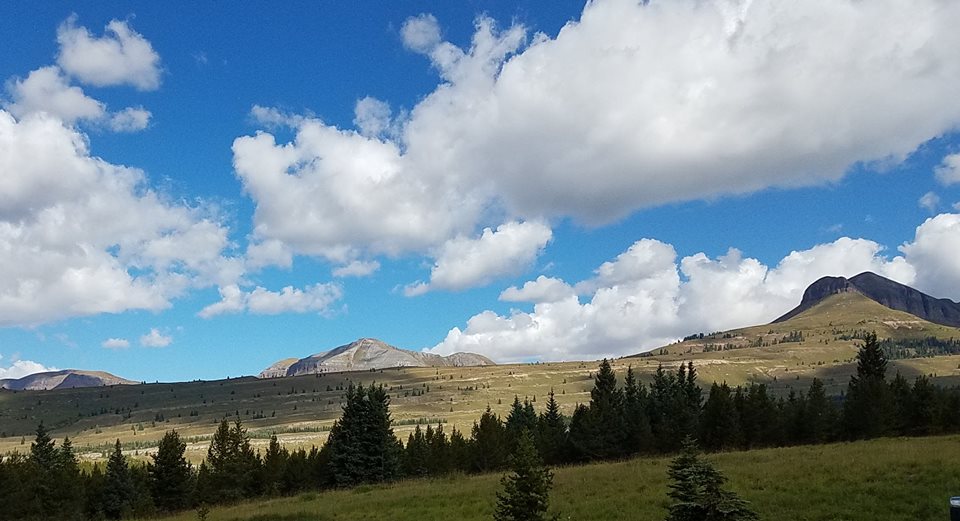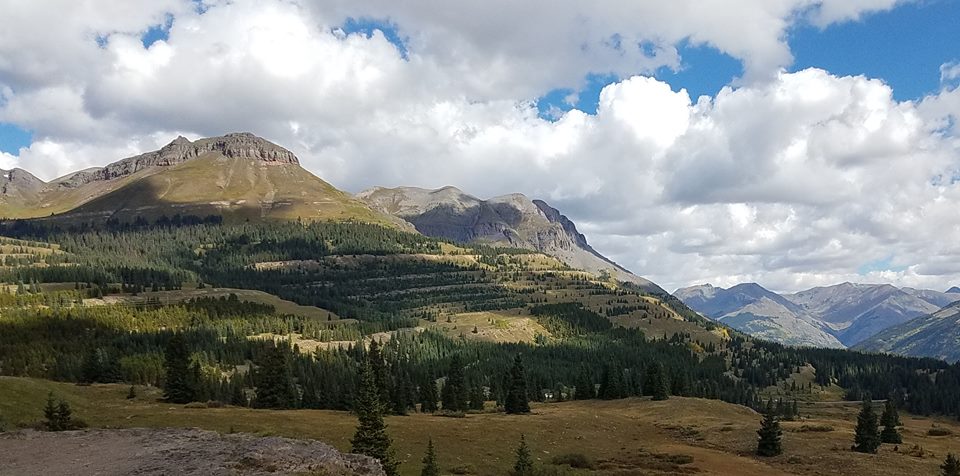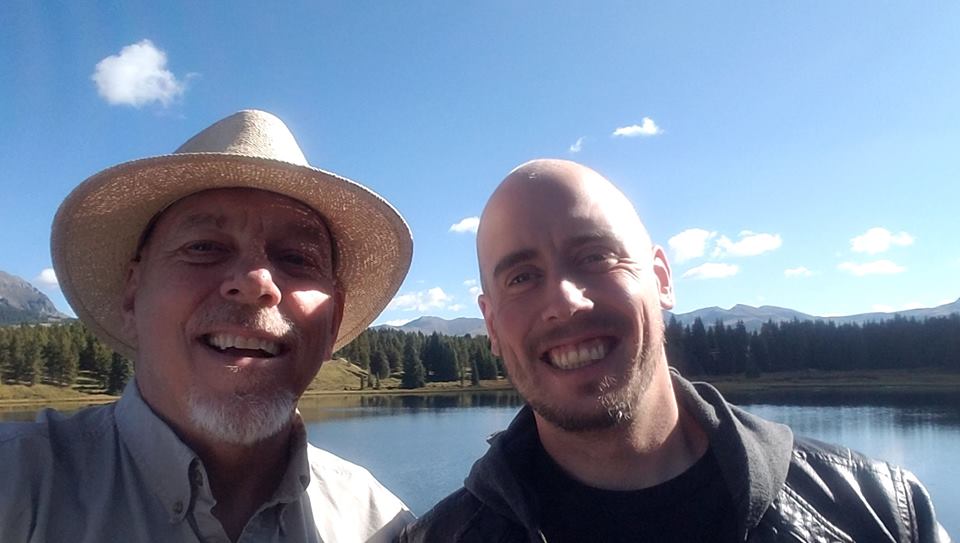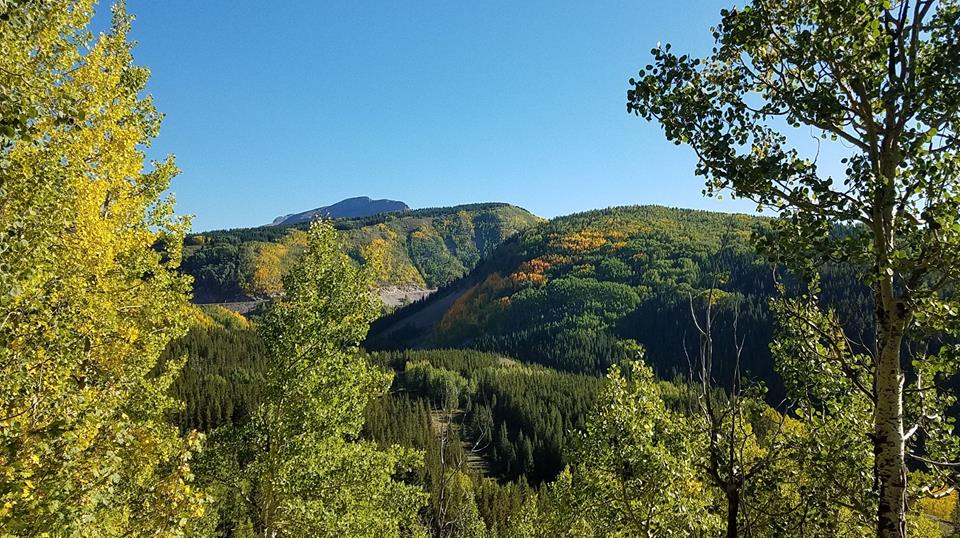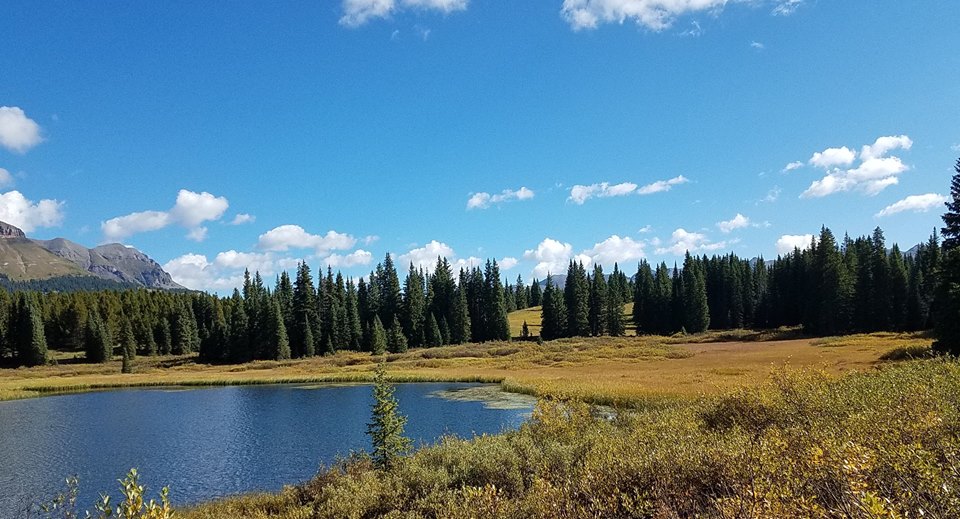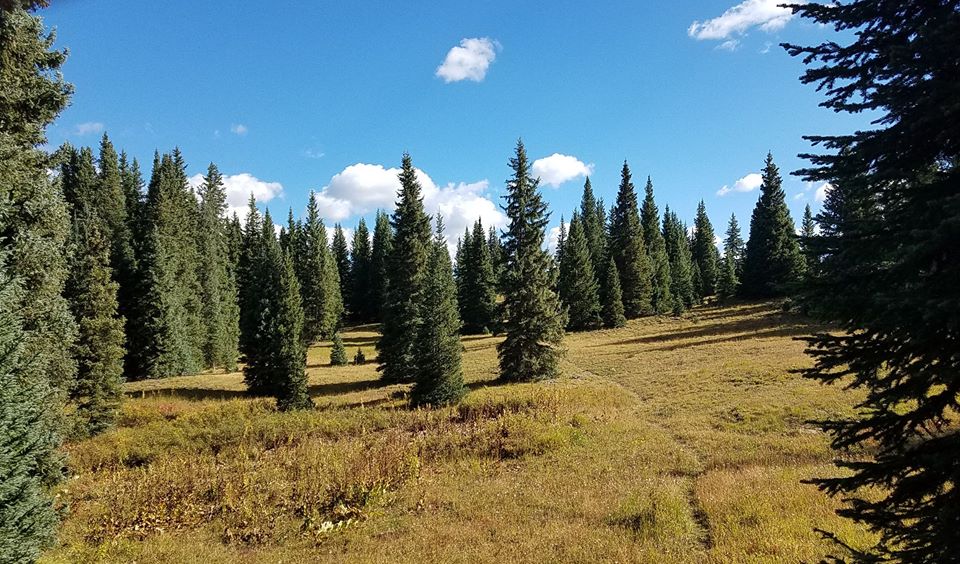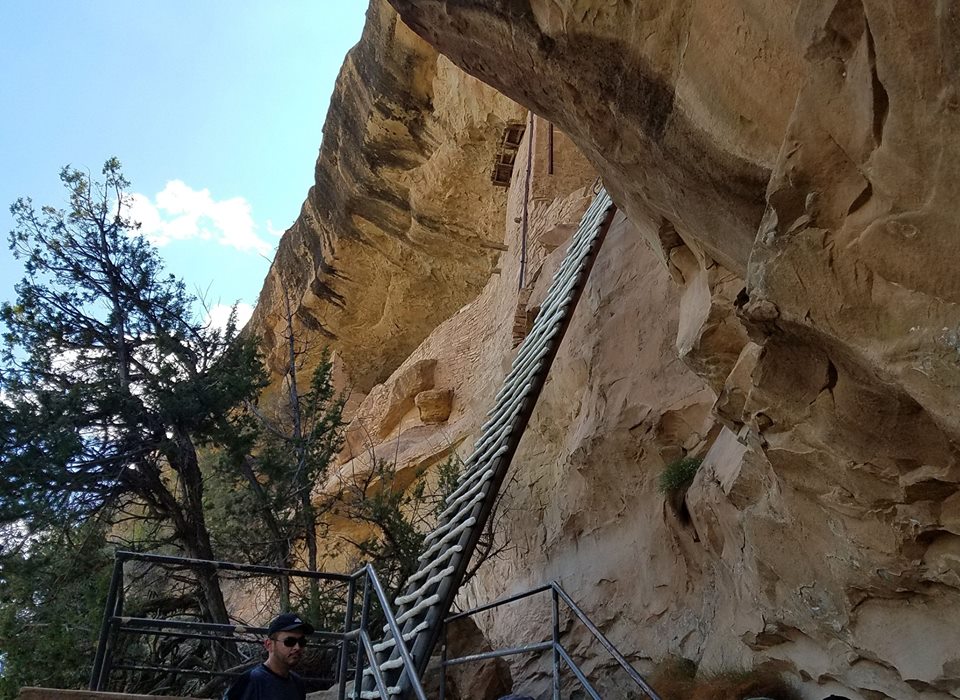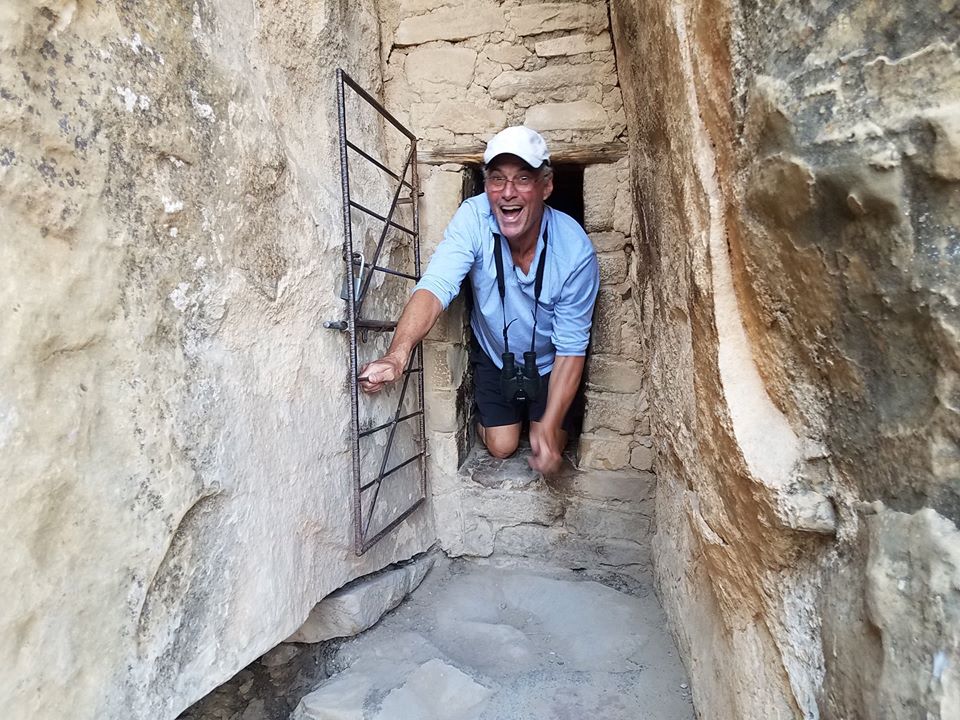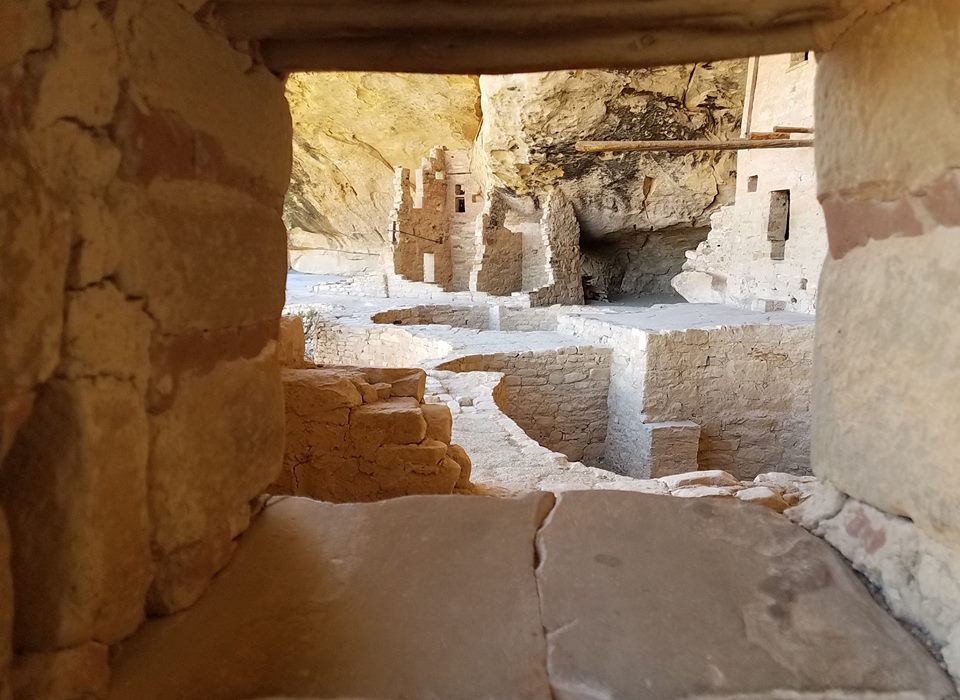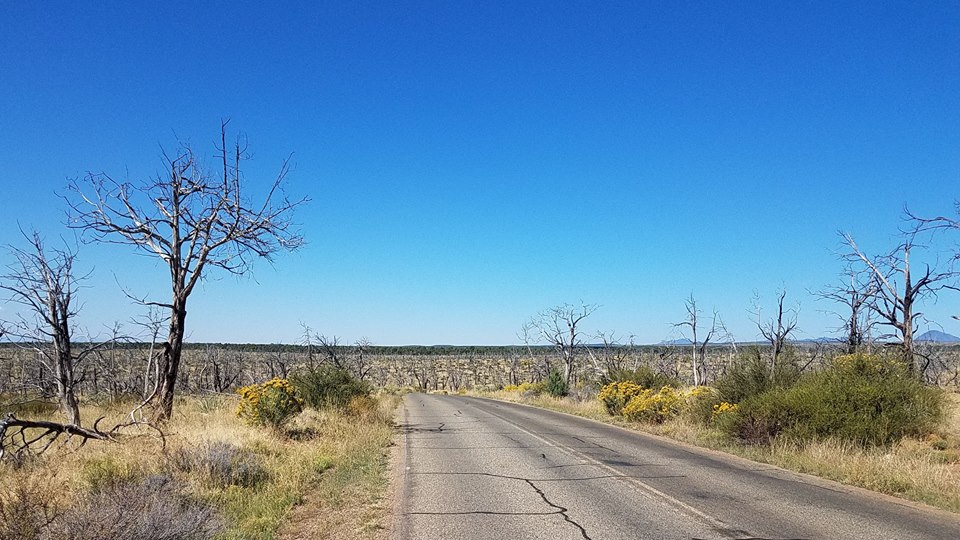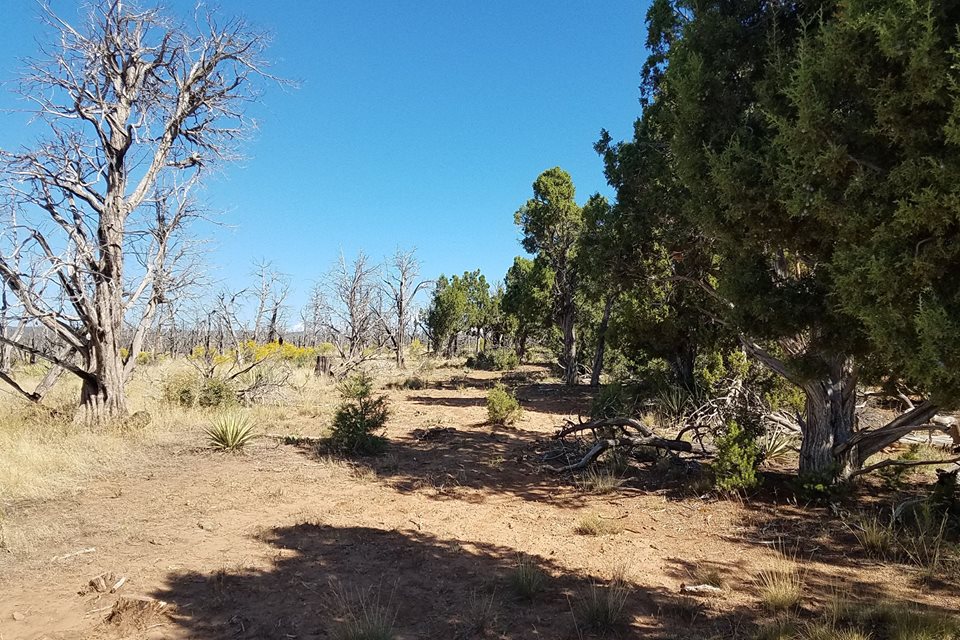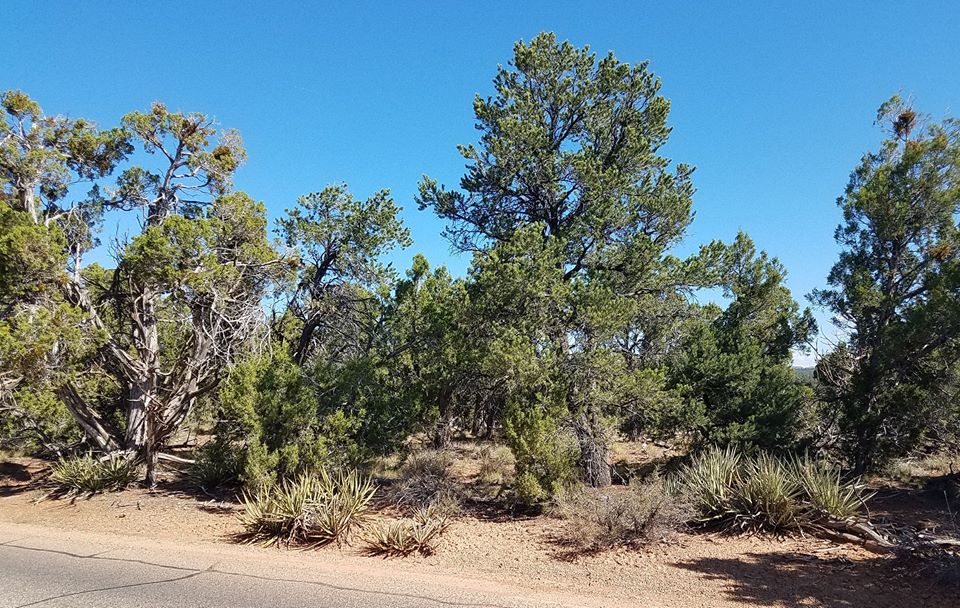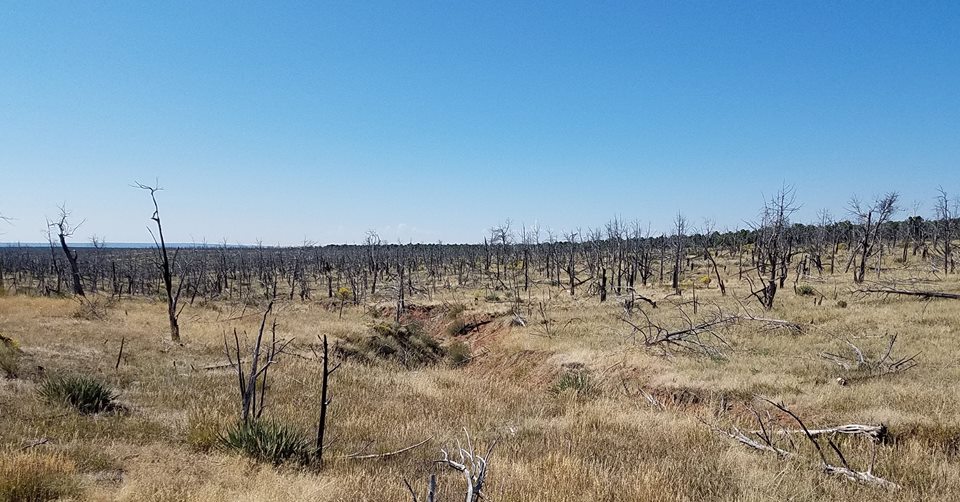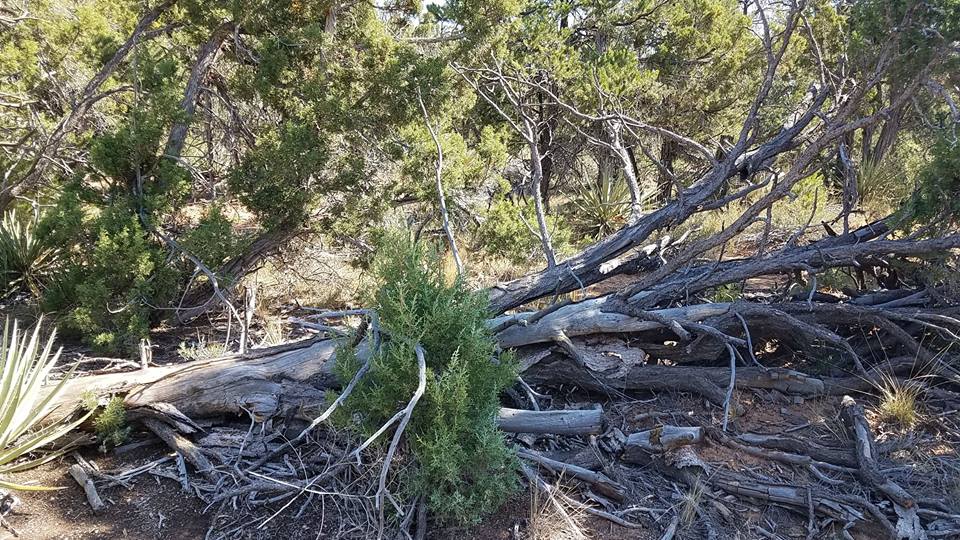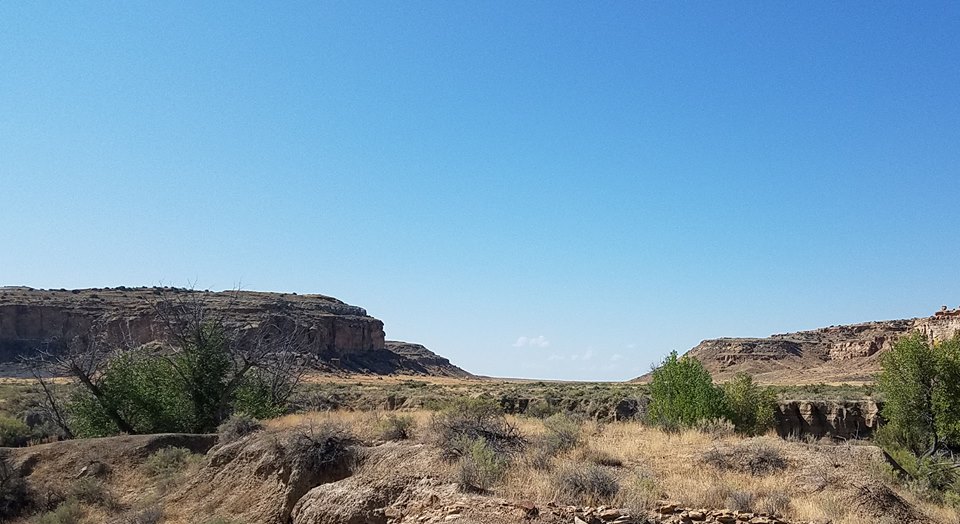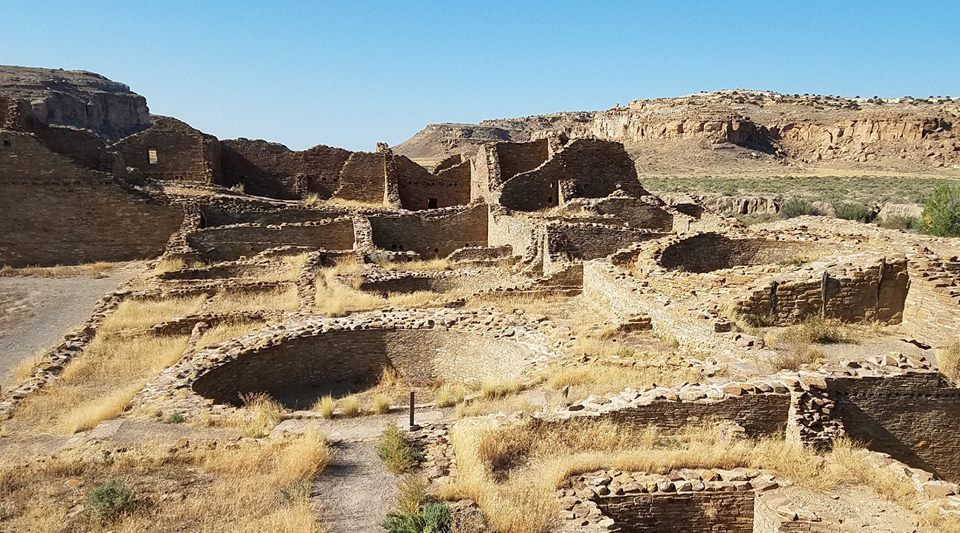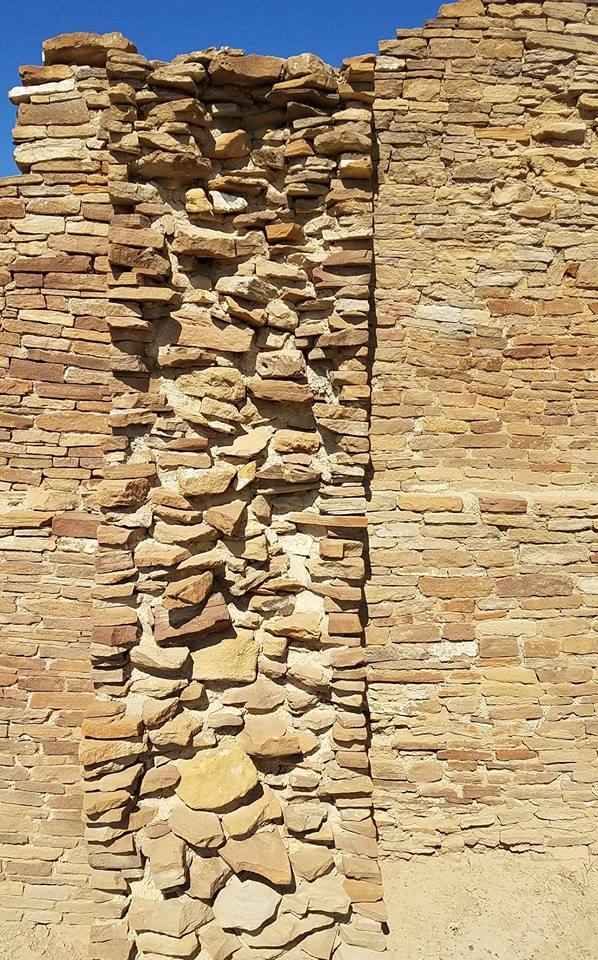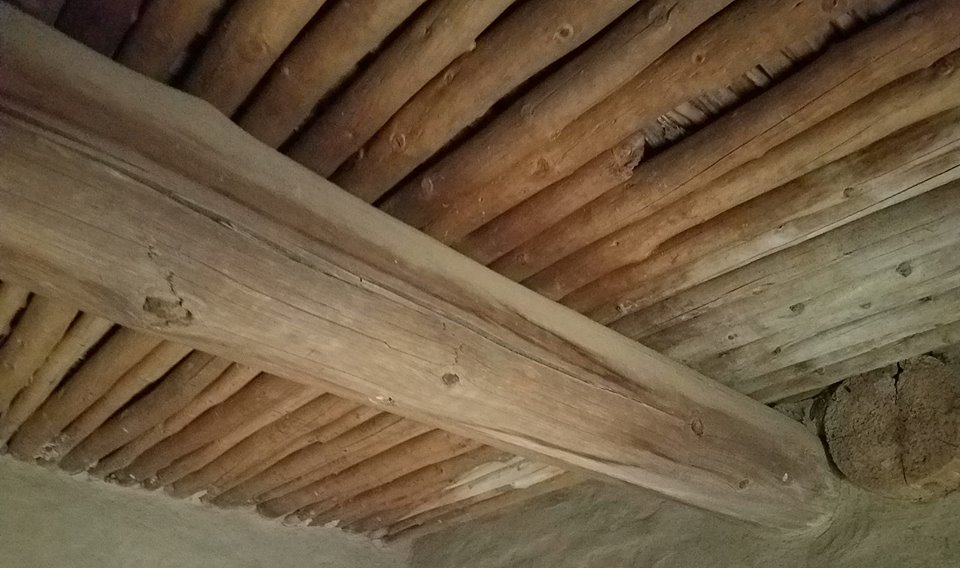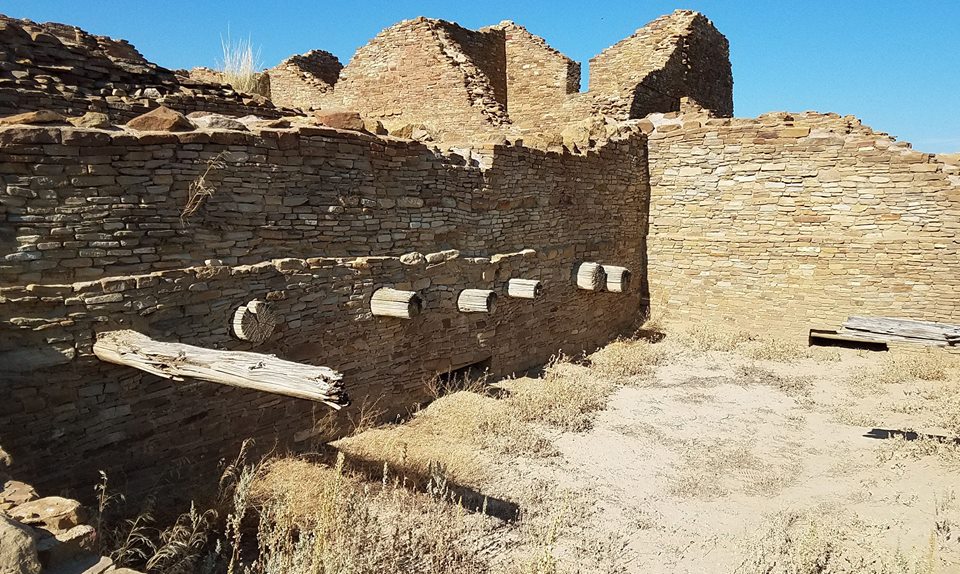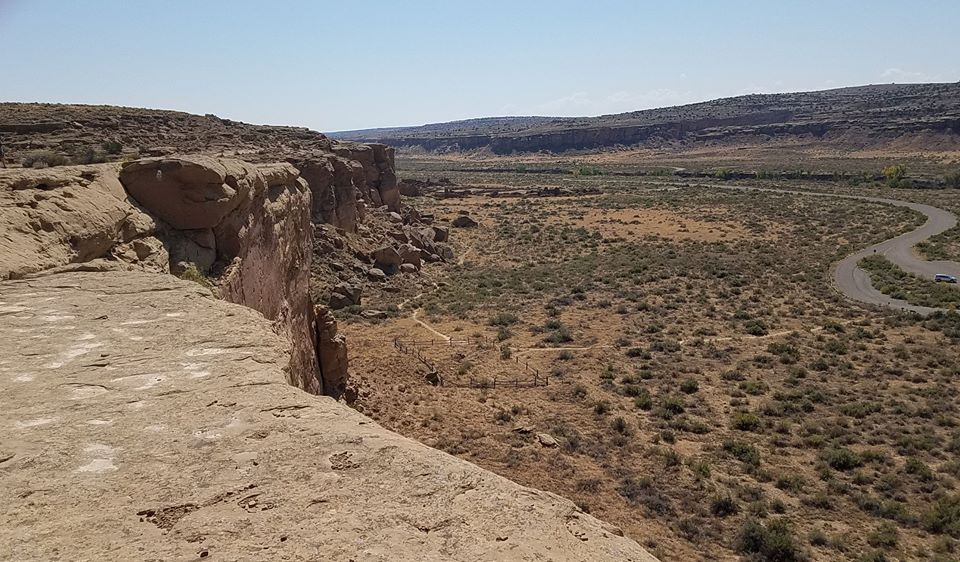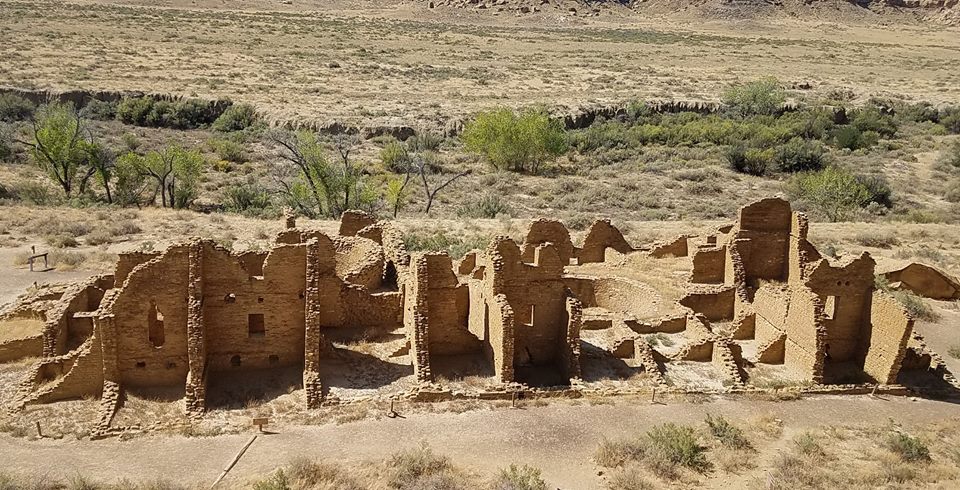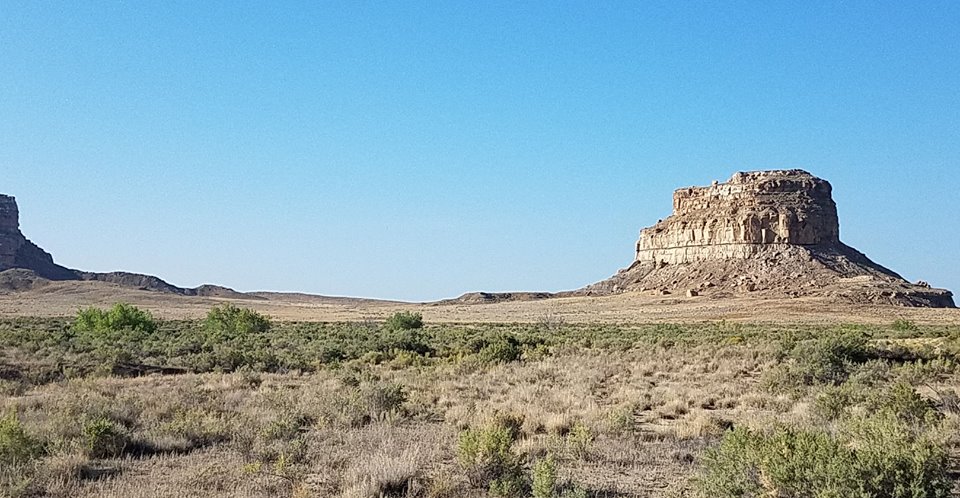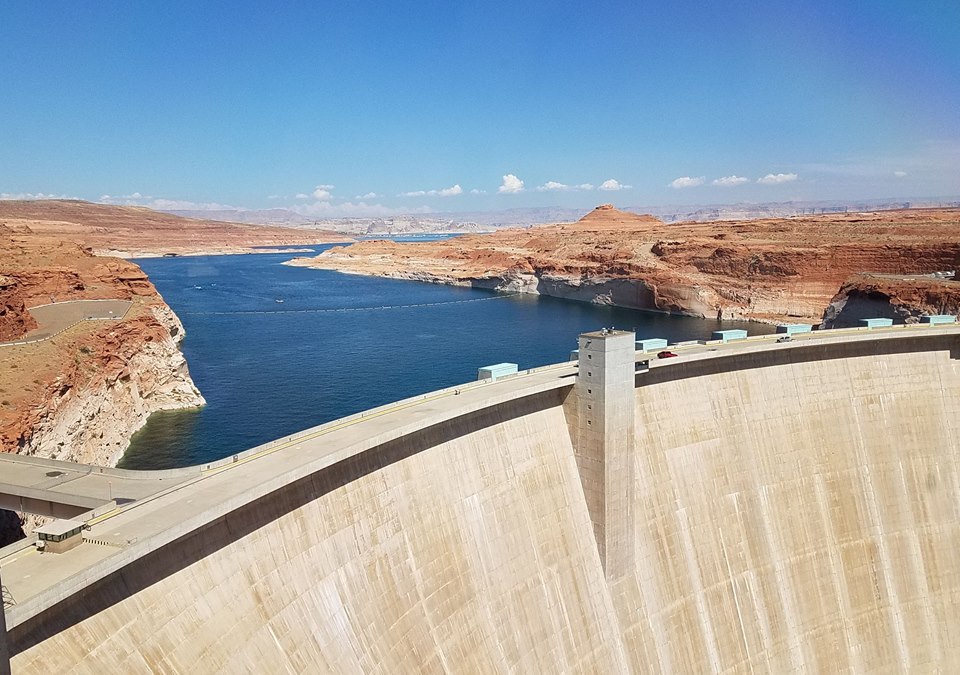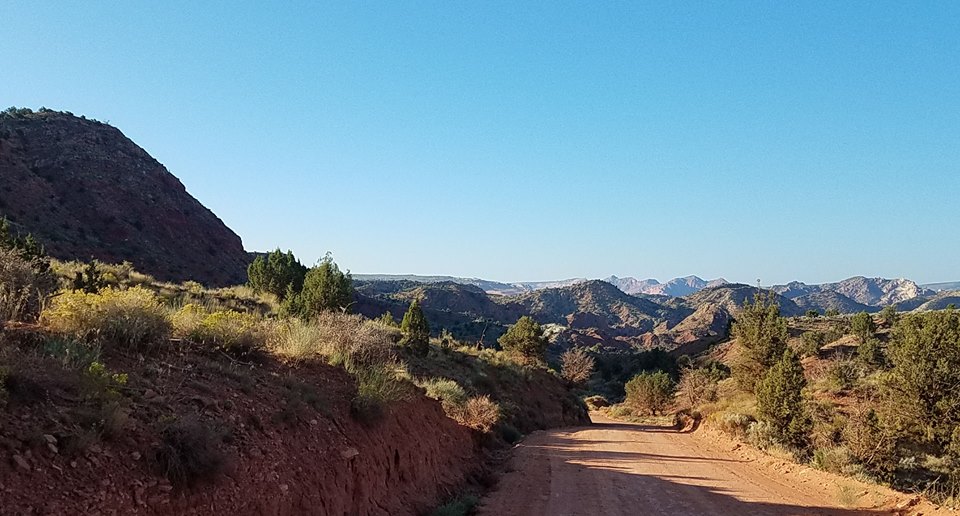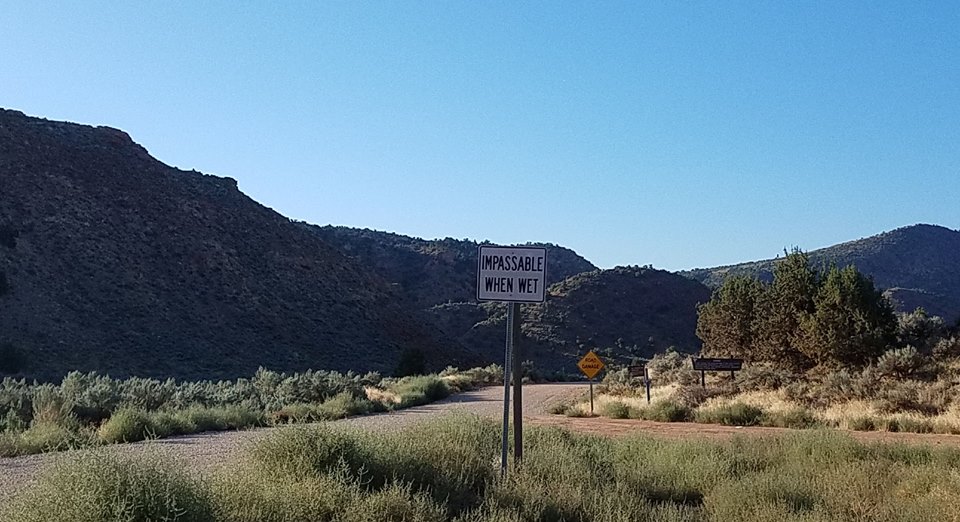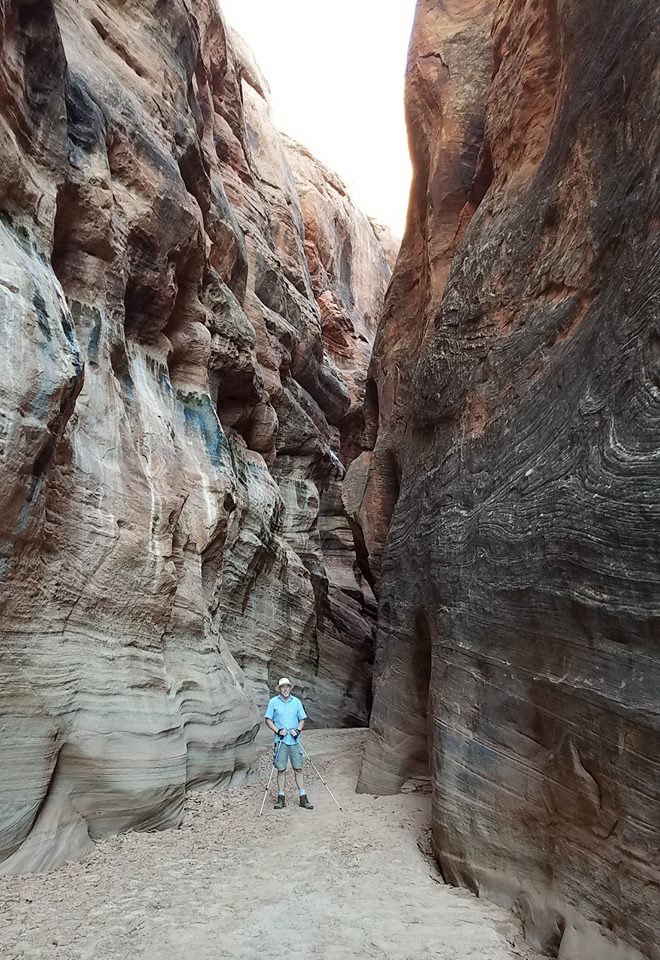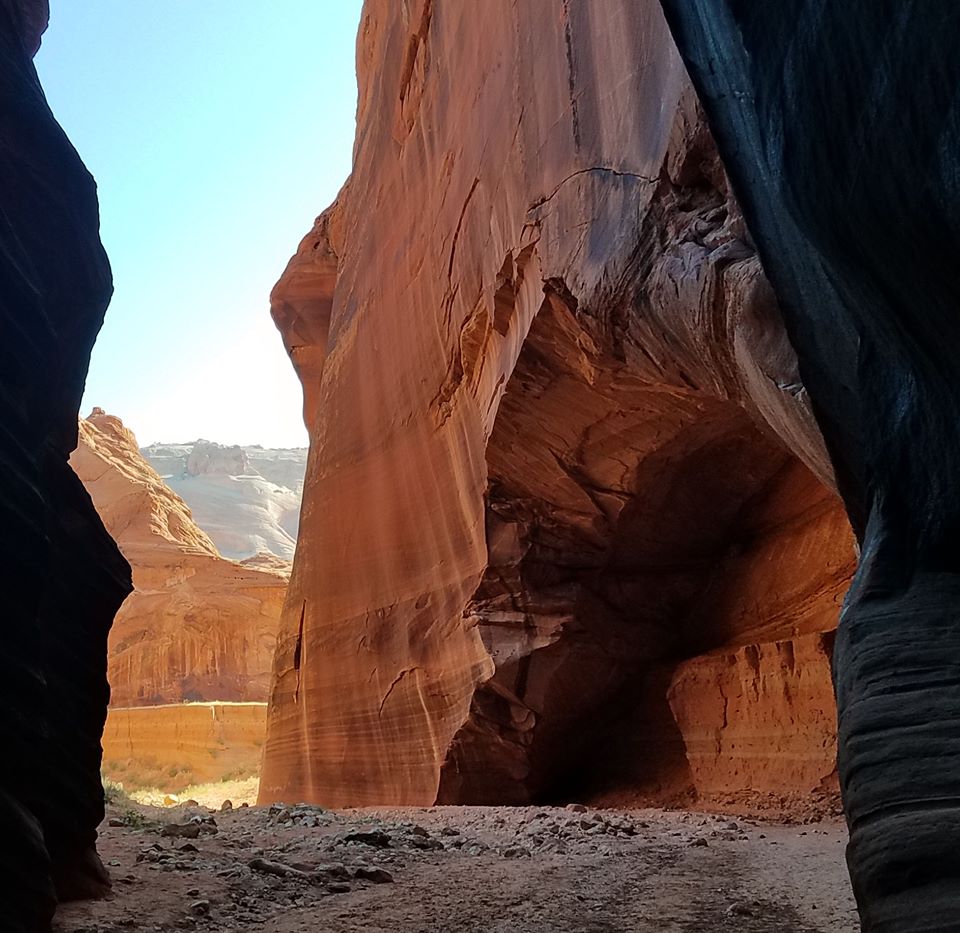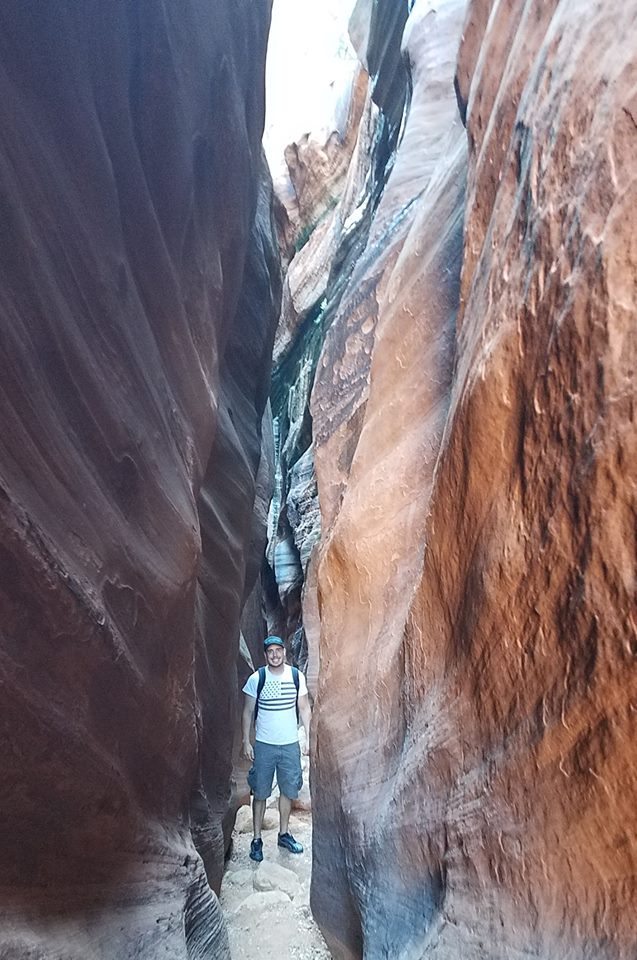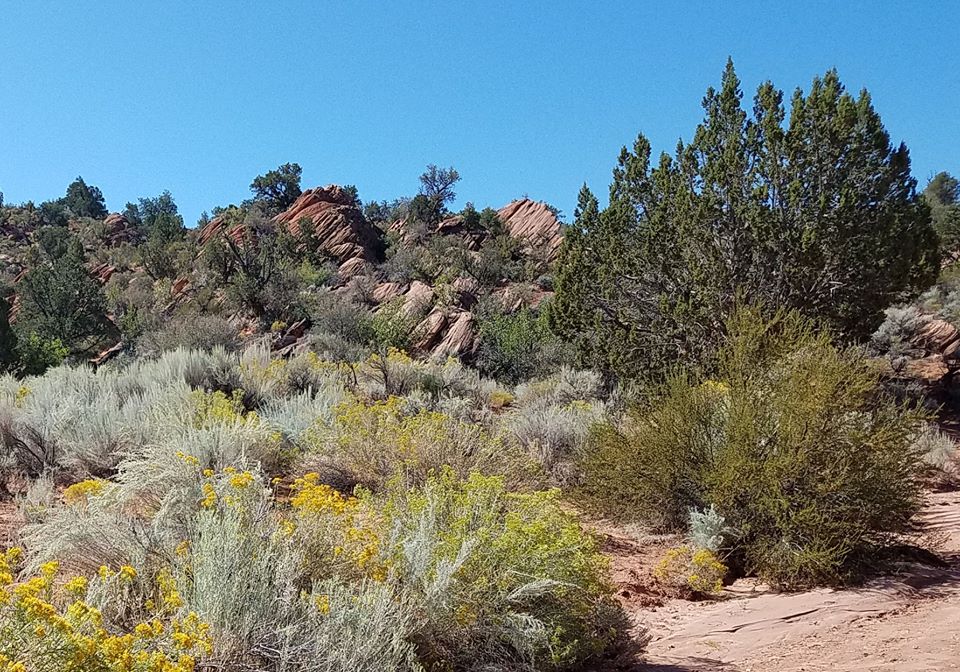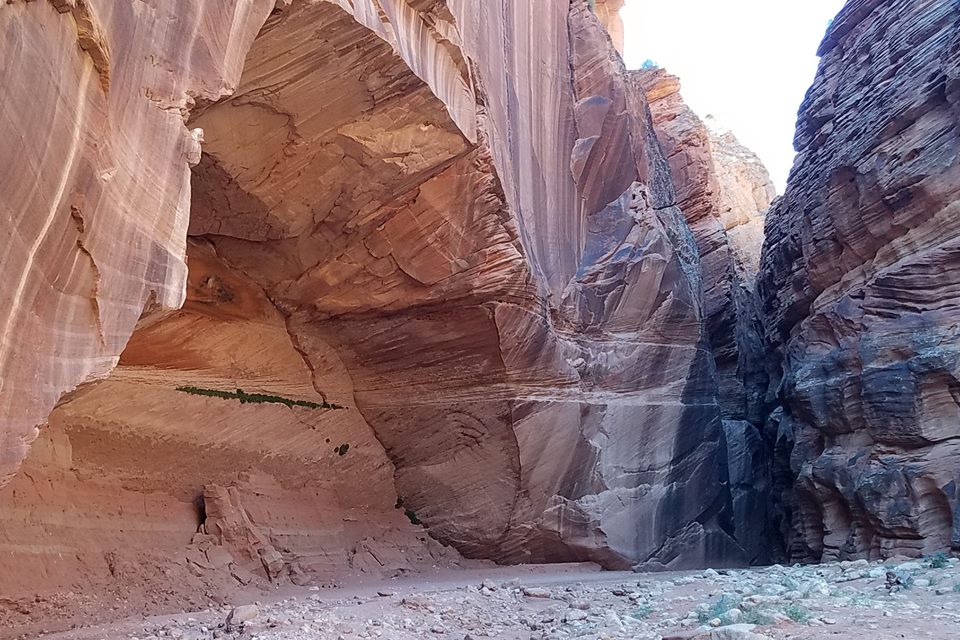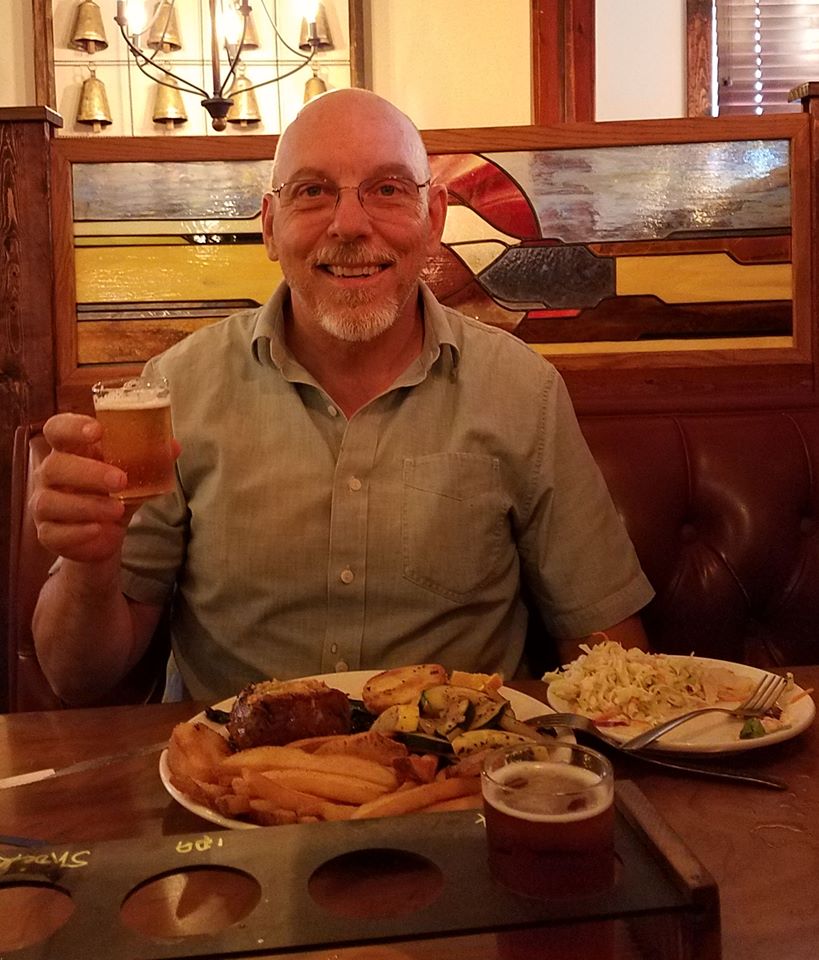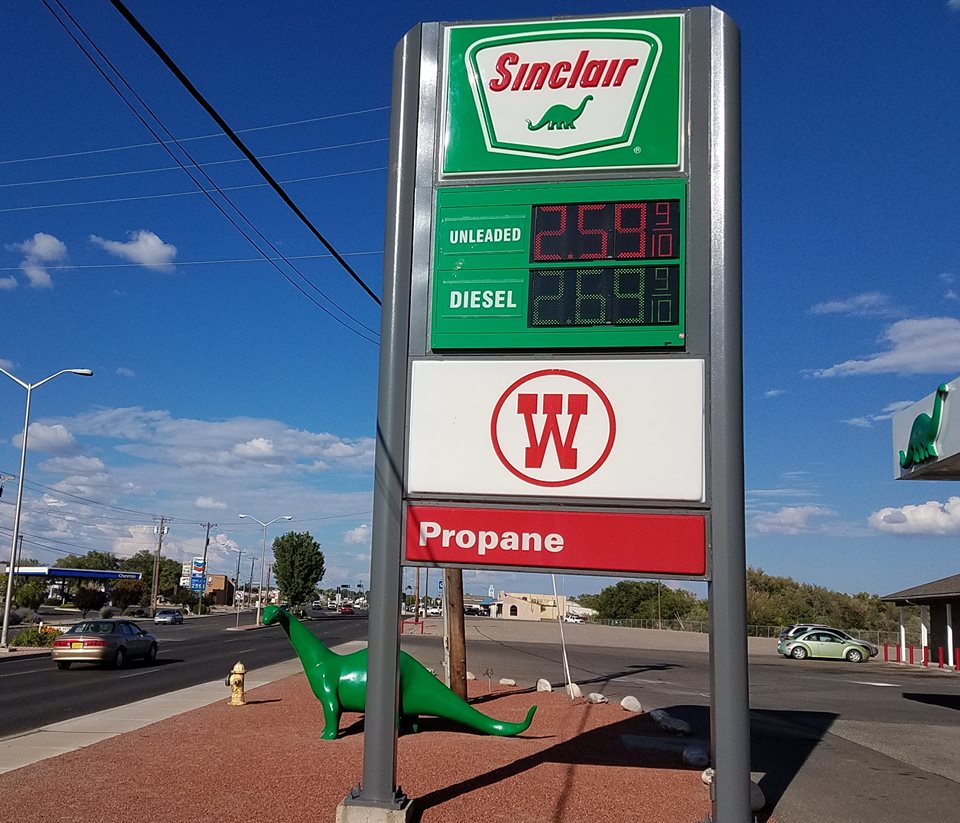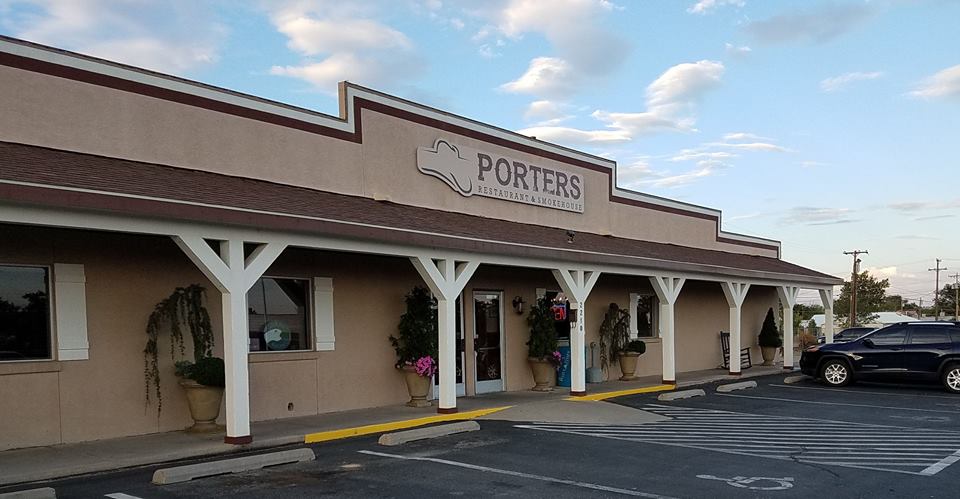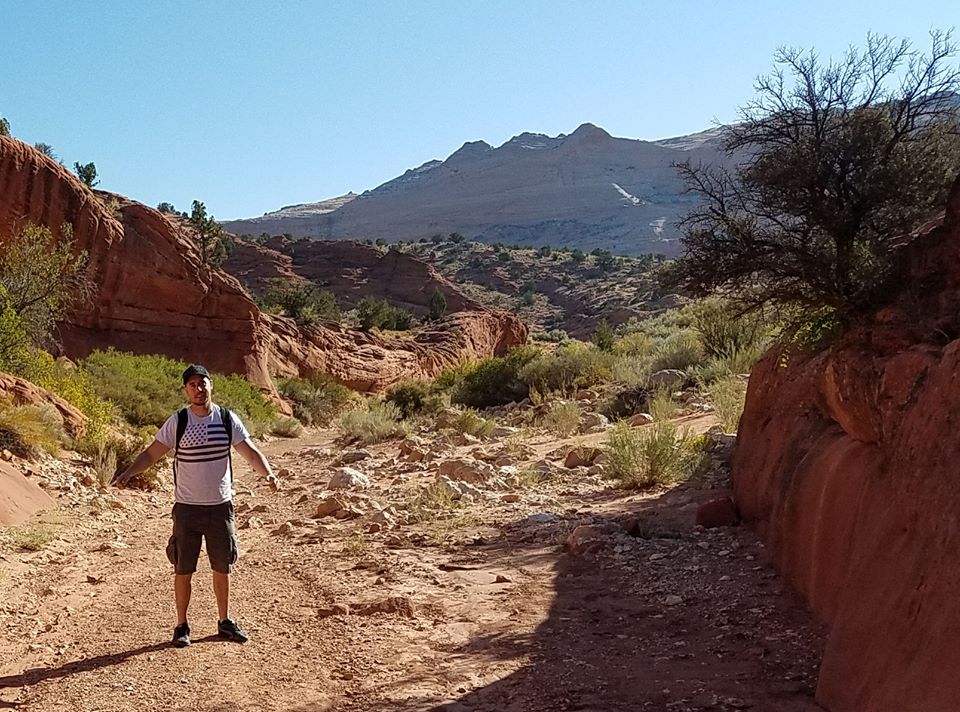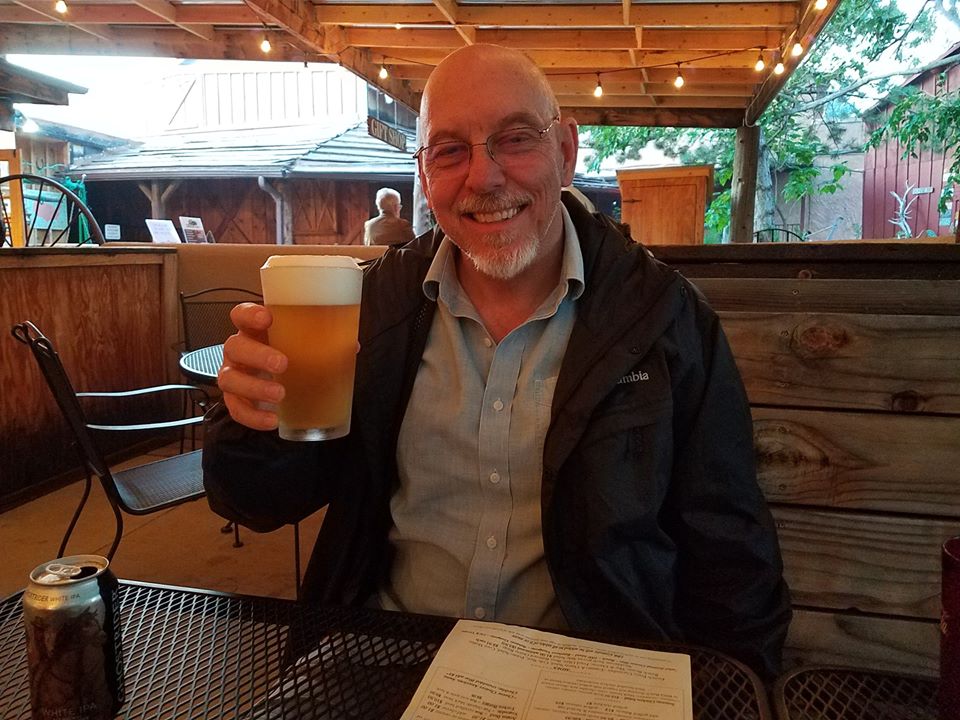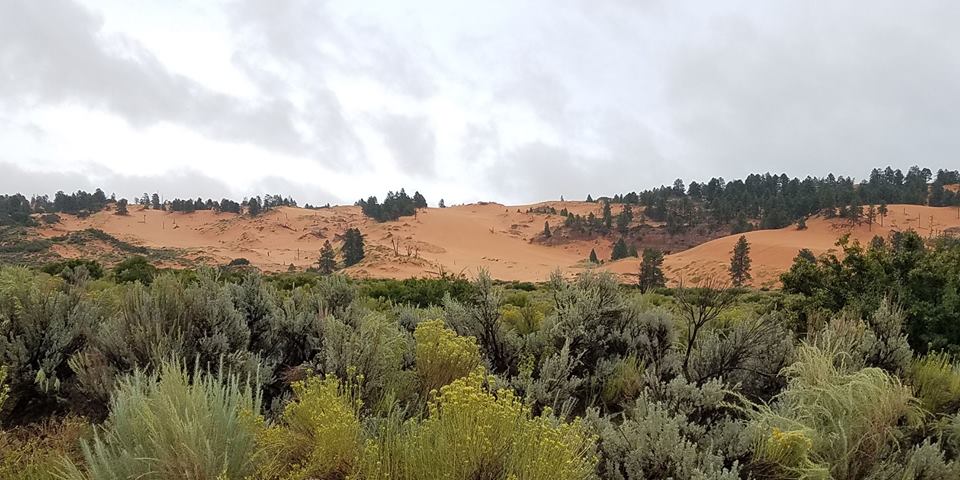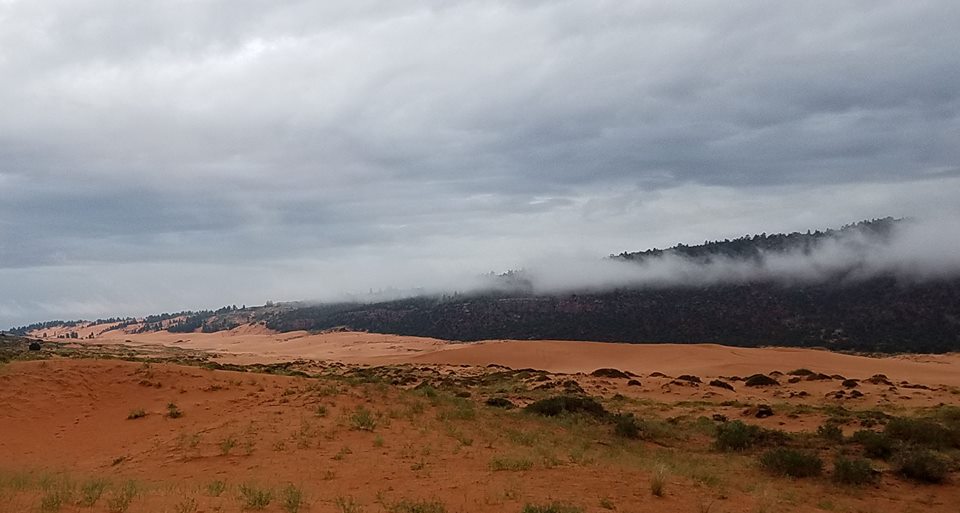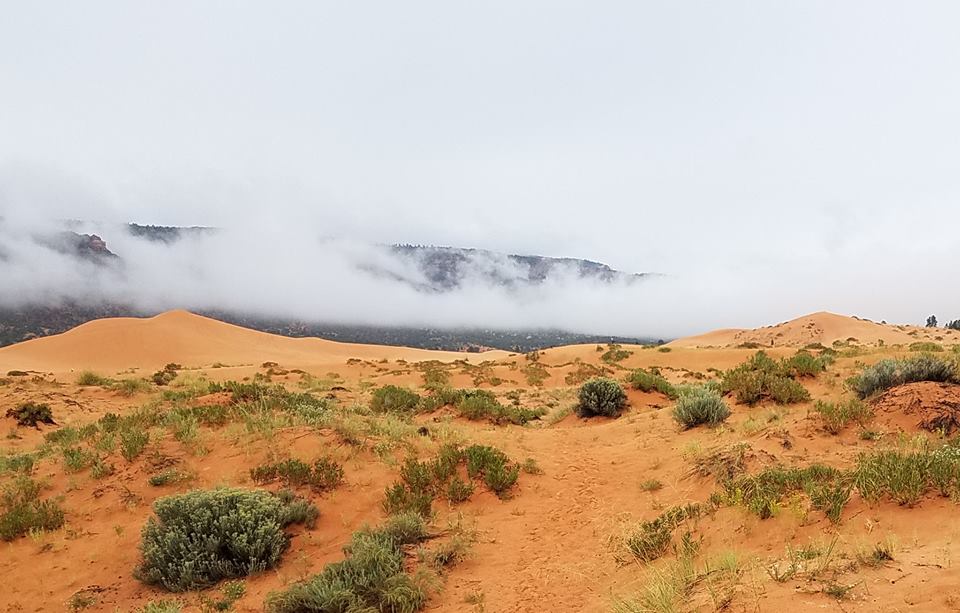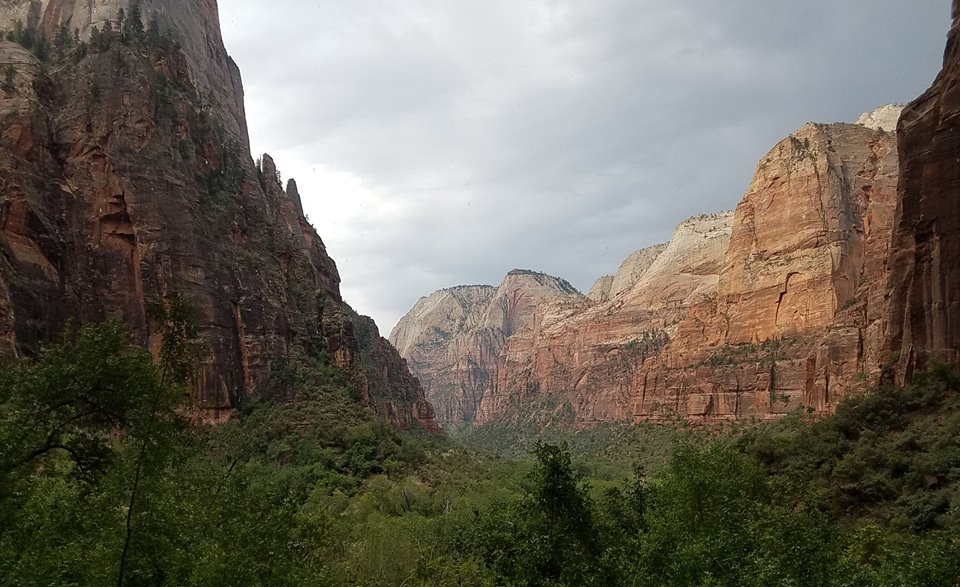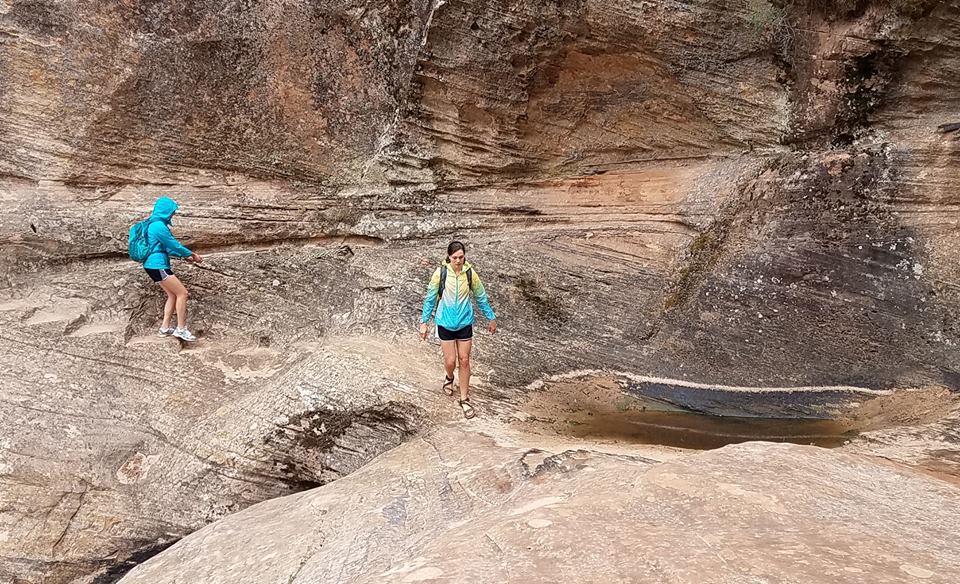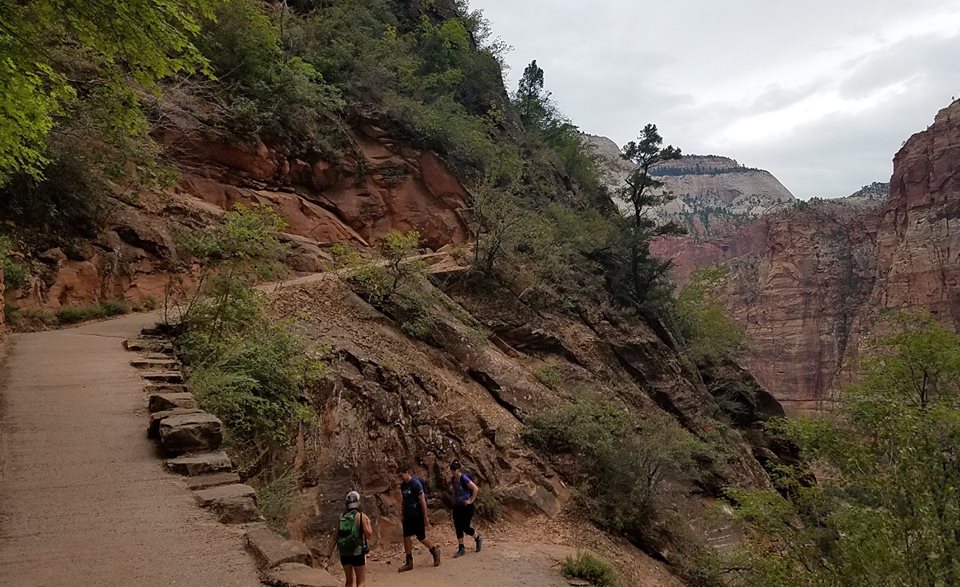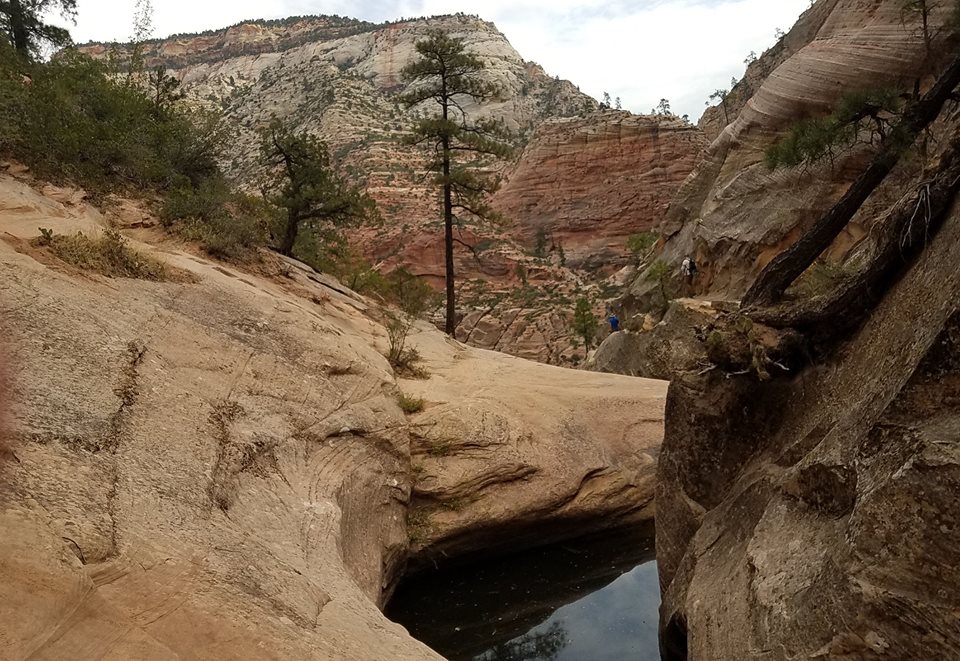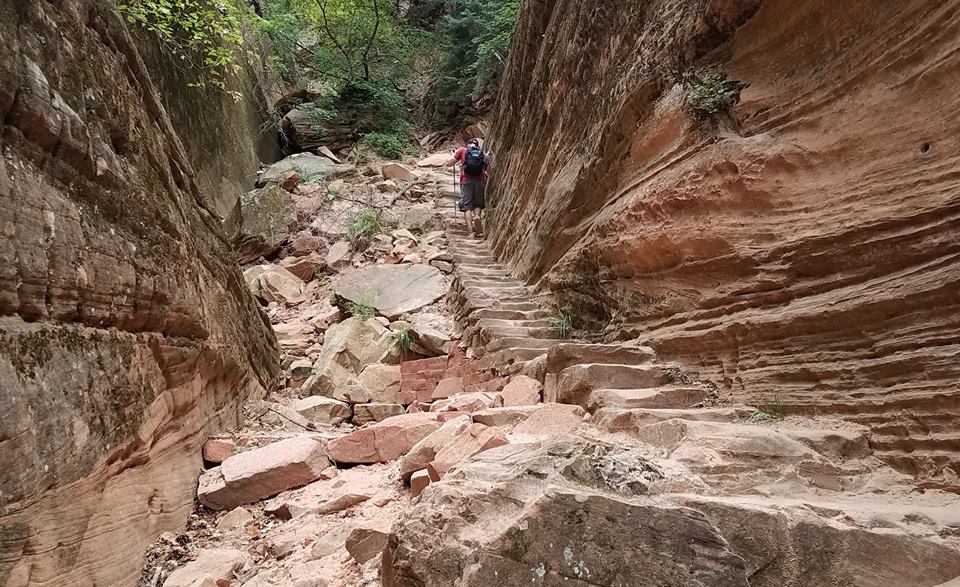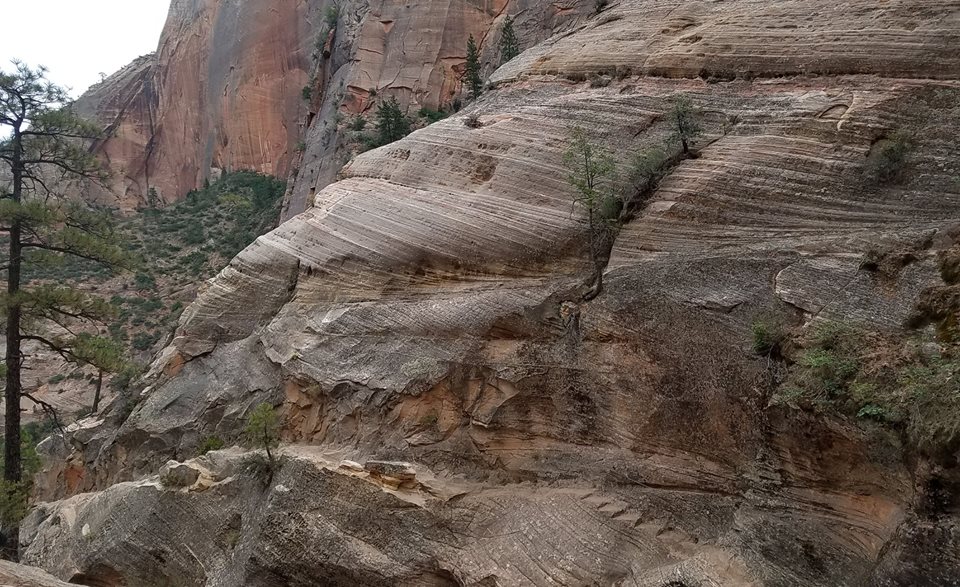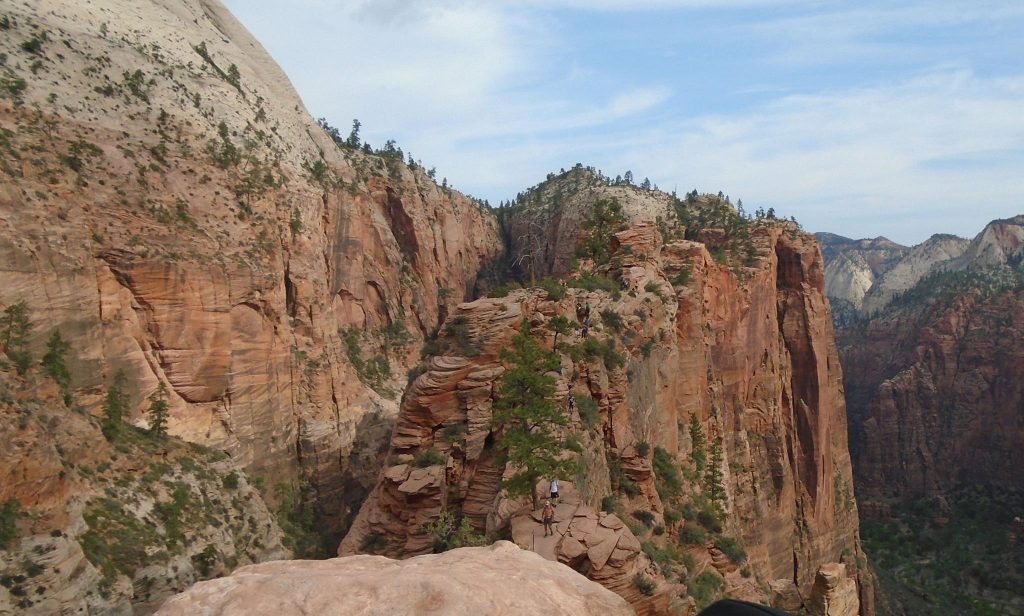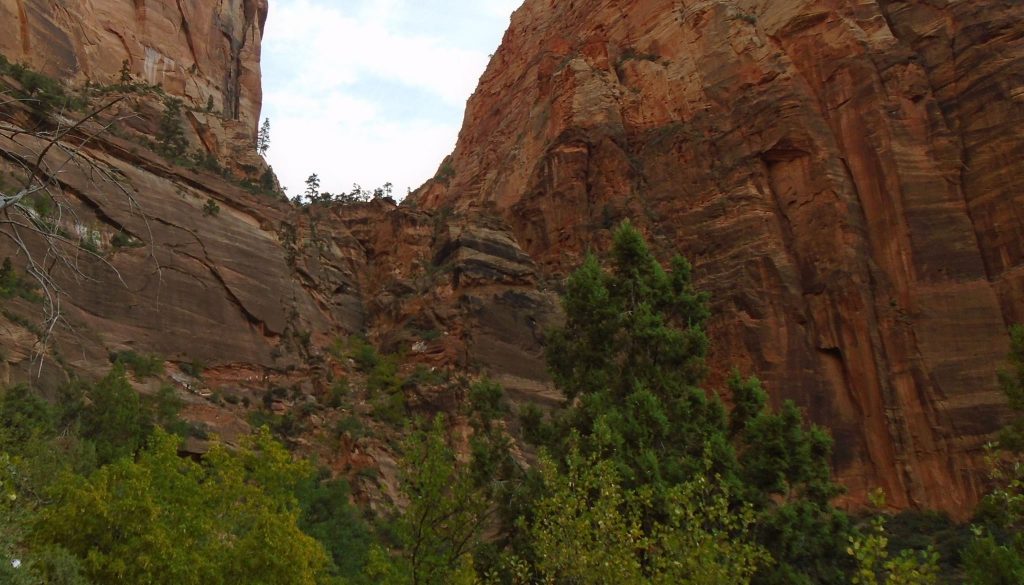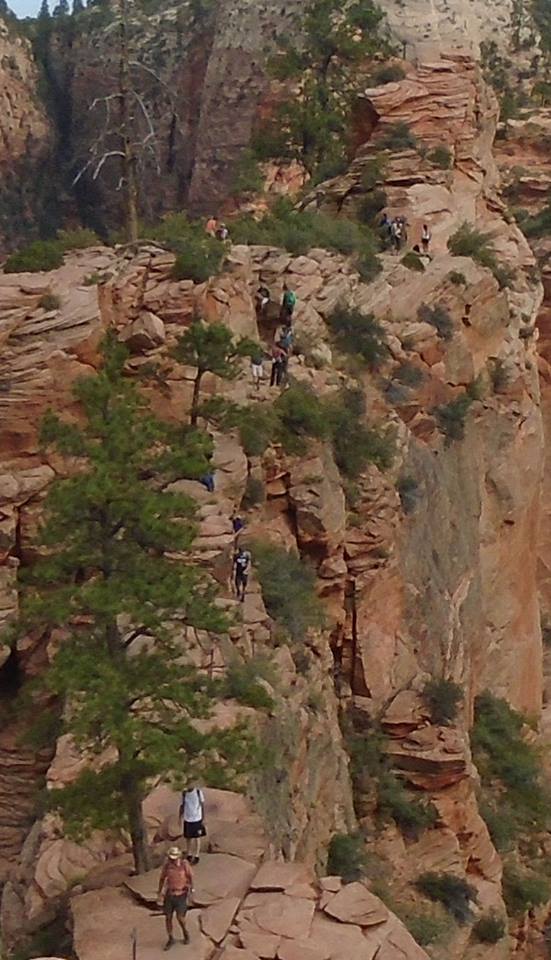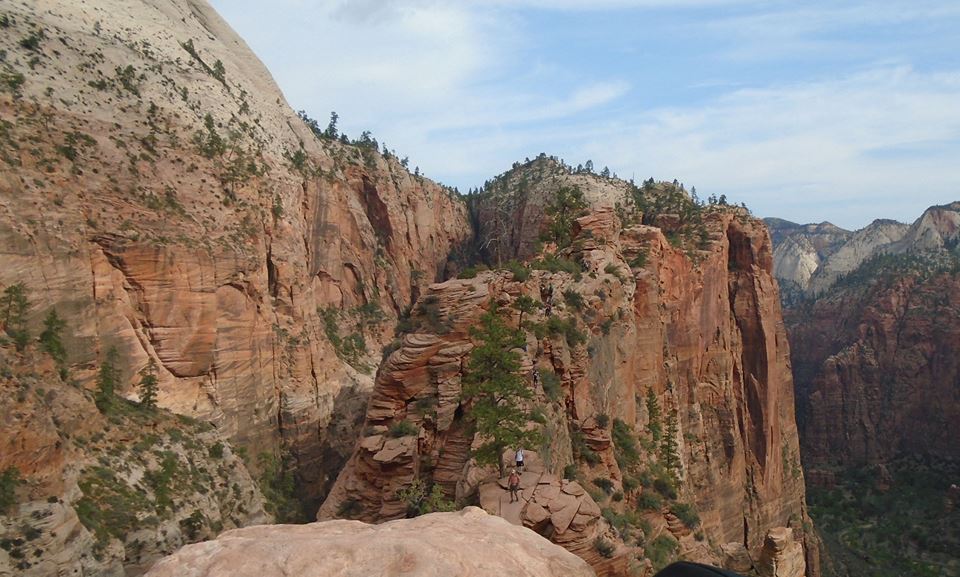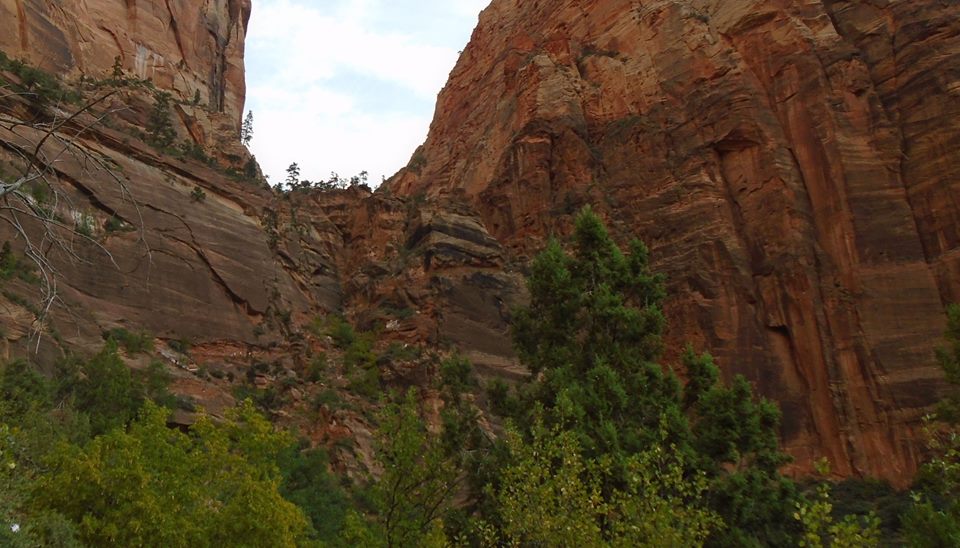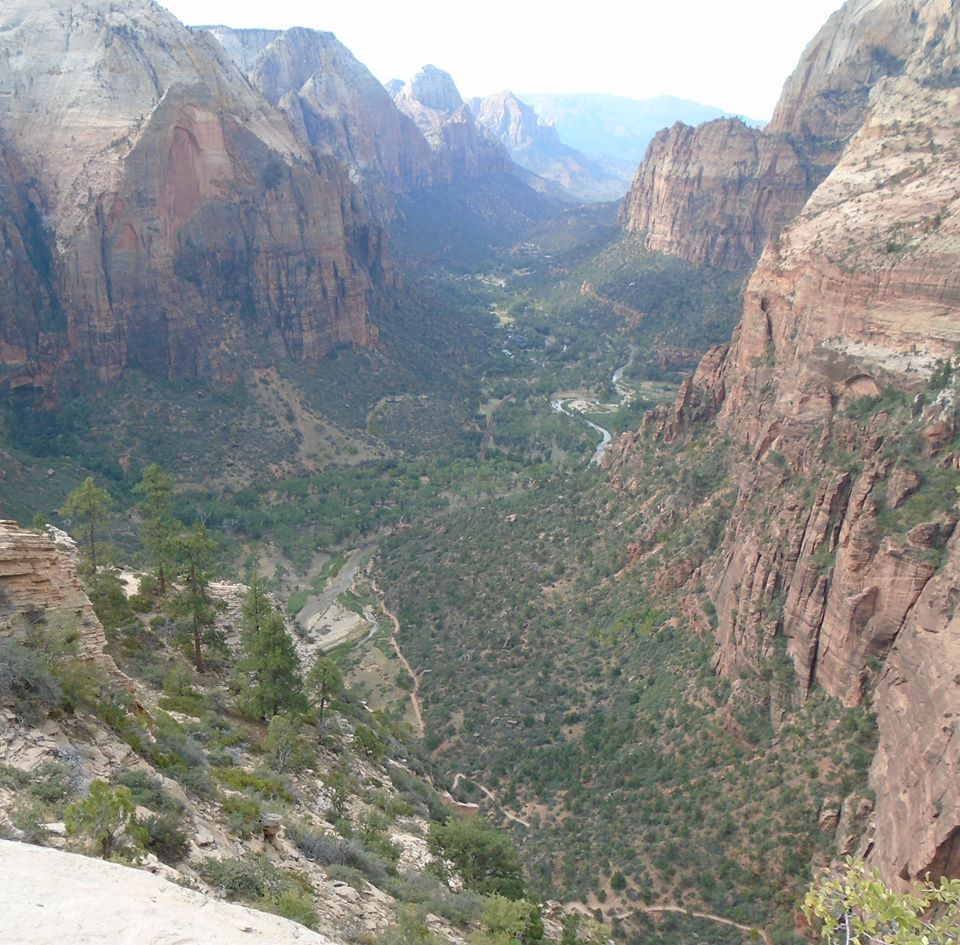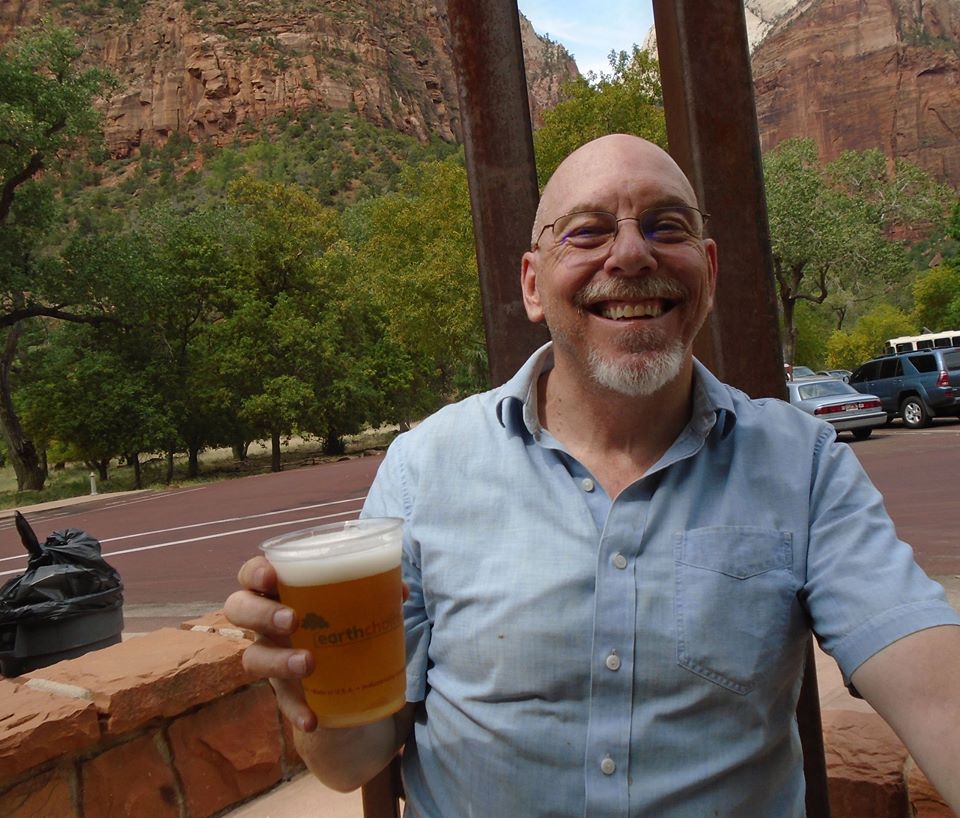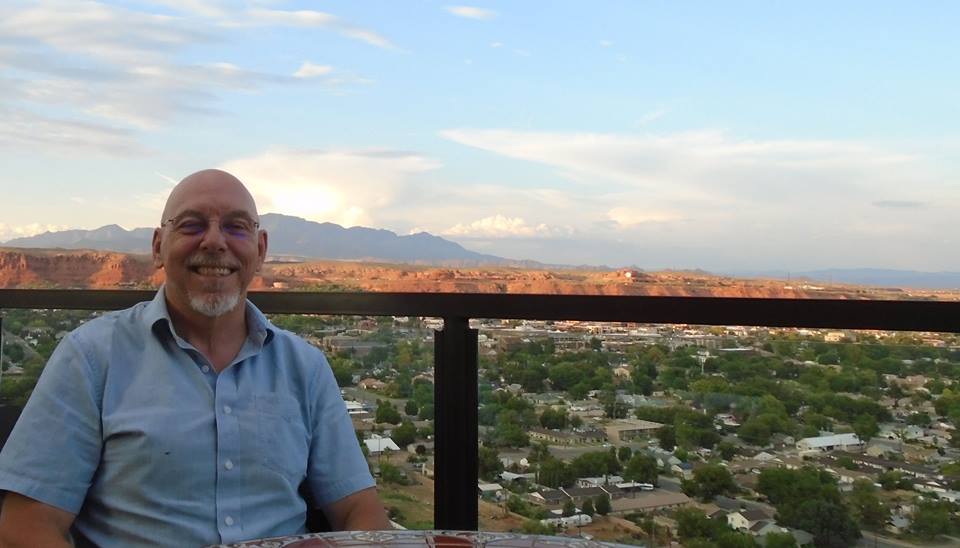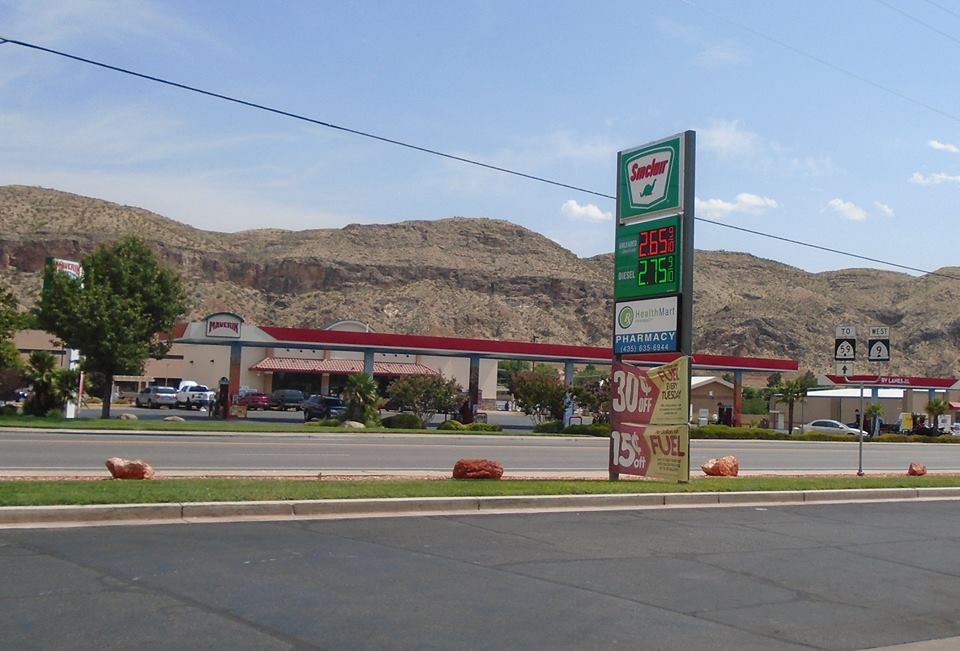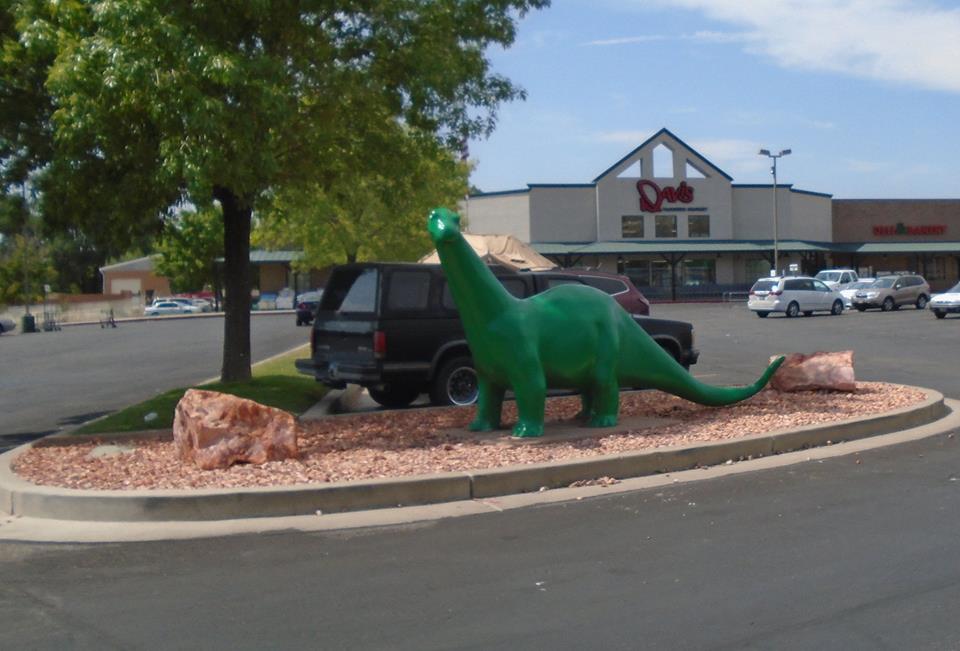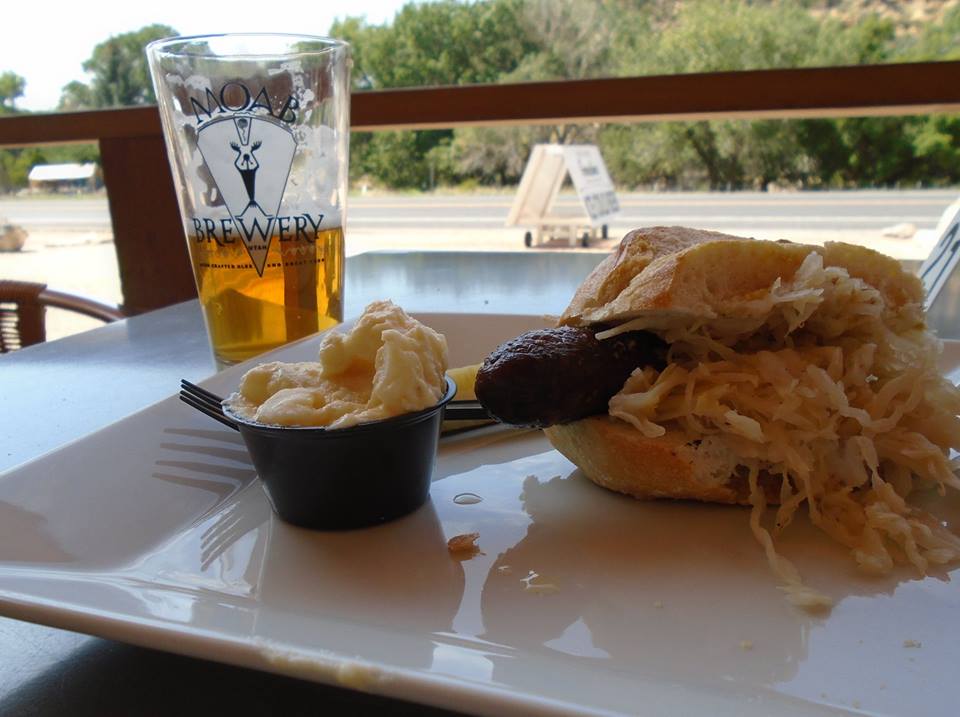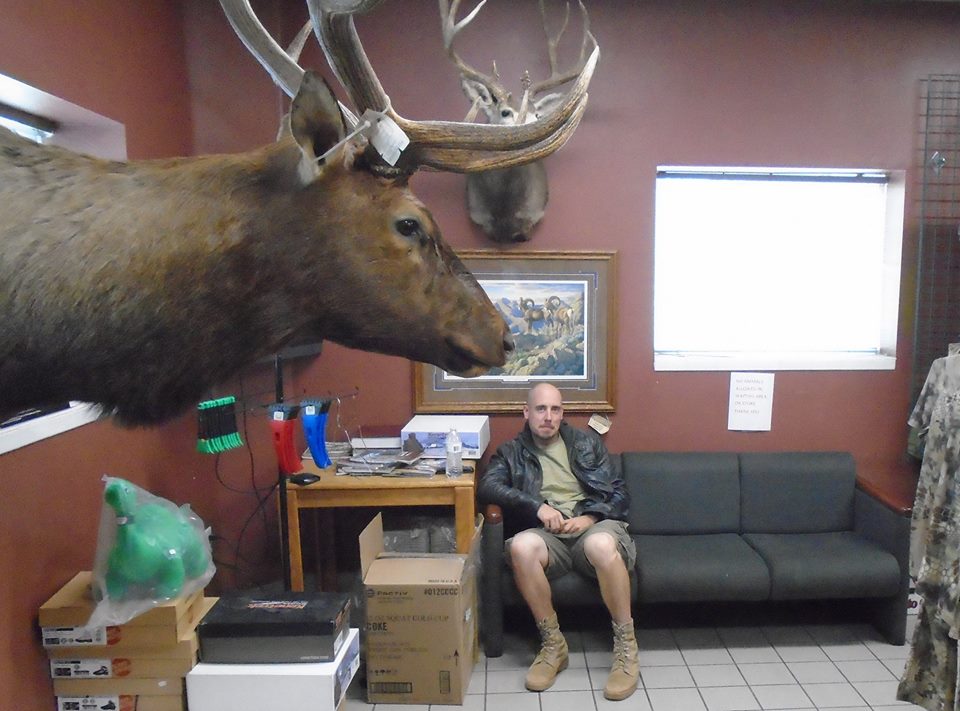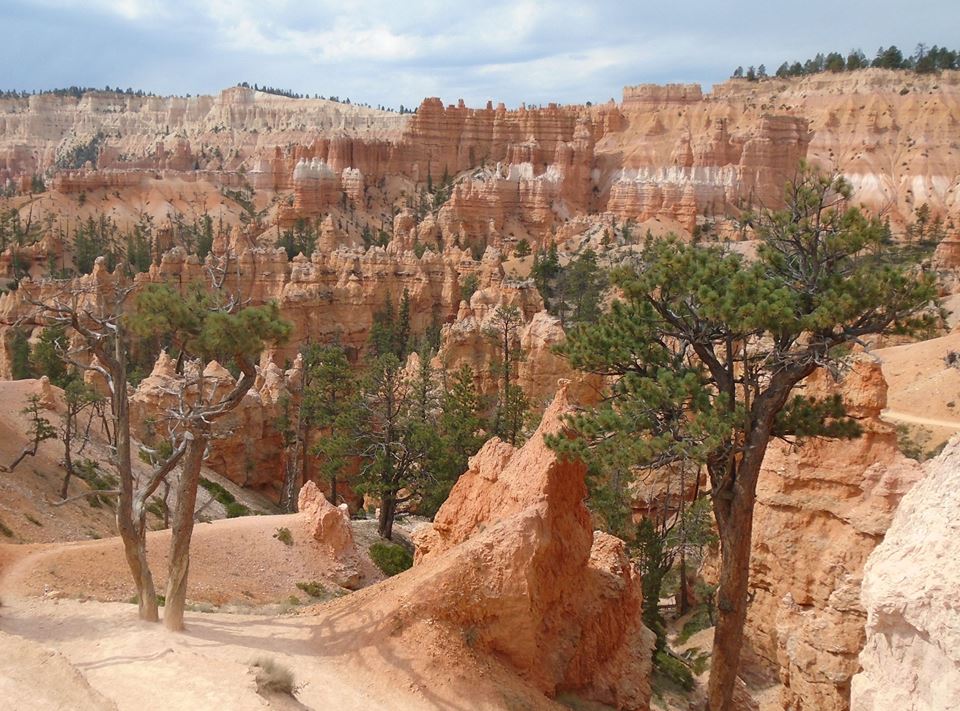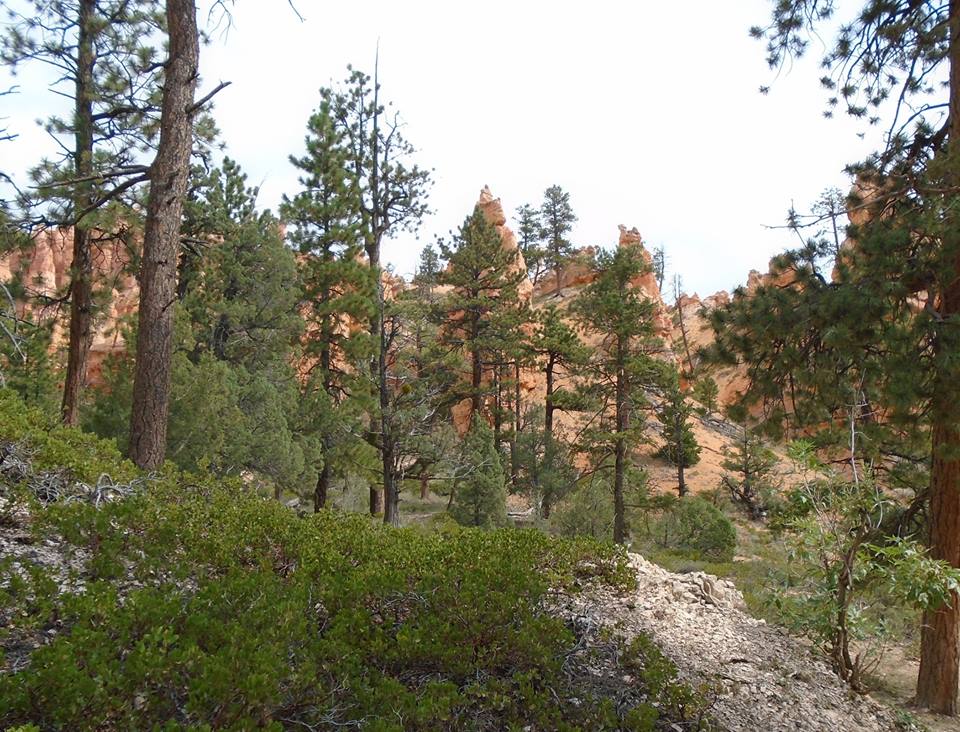Alex and I visited Dinosaur National Monument, near Vernal, Utah. It is literally a dinosaur quarry.
What is now Utah was wet and tropical in the Jurassic Period, and a river ran through it. This river attracted dinosaurs and over the eons some of them died and fell in.The river washed their remains together, where they were covered by sediment and some of the bones turned to stone. There is a survivor bias among the bones. Small animal remains were just crushed, while the big ones persisted long enough to turn into fossils.
With changes in climate, the river ran dry and the former river bed was buried. But the earth never rests. As plates moved, the former river bed was tilted and thrust up to the surface.
The dinosaurs rested in the rock until 1909 when Earl Douglass of the Carnegie Museum went to Utah to search for dinosaur skeletons. This is where he found the mother lode.
The four corner area is the richest dinosaur region in the world. It is not so much that there were more dinosaurs living here, or that there are more preserved here, but the dry conditions and exposed rock makes them easy to find. It is also the case that there were/are more people looking for fossils in the U.S. than in most other places. It is likely that the local Native Americans occasionally stumbled on these fossils, and may have noticed them, but with no scientific or cultural infrastructure, they remained only curiosities, maybe not even that.
The first picture is Alex in front of the dinosaur quarry wall, now enclosed and protected. Next is Alex in front of the model stegosaurus. It was nice to see his enthusiasm, only a little more concealed than when he first came here when he was only four years old. The third picture are model dinosaurs. Notice the model ranger to give perspective. Penultimate is the lonely and winding road. There is an amazing amount of space out here. Many stretches were you get no bars on your mobile phone. Last is a grouse wing collection spot. It is not mere morbid collecting. Researchers use the wings to study bird numbers and migration patterns.
I thought maybe I would post the beer picture first this time rather than last of the day. This one was taken at the Vernal Brewery. Alex said that I merely have the same photo each time, so I changed it up by putting on my hat.
Vernal Brewery has a nice outdoor seating area and it is conveniently located across the street from the dinosaur museum. Alex and I went to the museum and then just walked over.
I have been enjoying my time with Alex and I am happy to think that he is enjoying his time with me. One of his friends was supposed to go along but dropped out because he could not get off from work. I feel bad for Alex, but it worked out better for me. My role on the trip would have been much more passive. I think it likely that I would avoided some of the more strenuous hikes, like the one to Angel’s Landing.
This is the second time Alex and I have been to the dinosaur places in Vernal. He does not remember well the first time in 1992, when the whole family drove from Spokane, Washington to Washington, DC between our assignments in Norway & Poland. FSOs get “home leave” to be reacquainted with our country. On our home leaves, we crossed the country going east from San Francisco to by train, from Seattle, Spokane & Phoenix by car. Now I have to do it on my own, but I still want to do it.
As I sat in the Vernal Brewery across from my adult son thinking of the boy so excited by the same dinosaurs that I could still see across the street, I felt acutely the passage of time. Looking down at my aging hand, I doubted I would ever pass this way again. This might be the last big hiking trip with Alex and we will certainly never again do a family cross country trip. Driving with three kids asking when we were going to get there was not fun at the time, but it is remembered better than it was lived.
My first picture is my beer photo with the permutation of a hat. Next is Vernal Brewery. When you look at the building, one thought should enter your mind – it could have been built faster and better in the same form using cross laminated timber. That is what popped into my head.
Number three the the traditional duel between triceratops and tyrannosaurus. It was standard fare for the dino myths of my childhood. Scientists now believe that such things never happened, that tyrannosaurus was colorfully feathered and that they didn’t walk around in that clumsy clipped kangaroo fashion. But besides that, it is accurate and it was the best science at the time. Next is a full skeleton of a long necked dinosaur. Finally is something called a “mochops”. I never heard of it before, but I appreciated the quizzical look on its face. I noticed that several of the animals depicted have looks like that. I think that is more the result of the artist than the science. Maybe he used his dog as a template.

